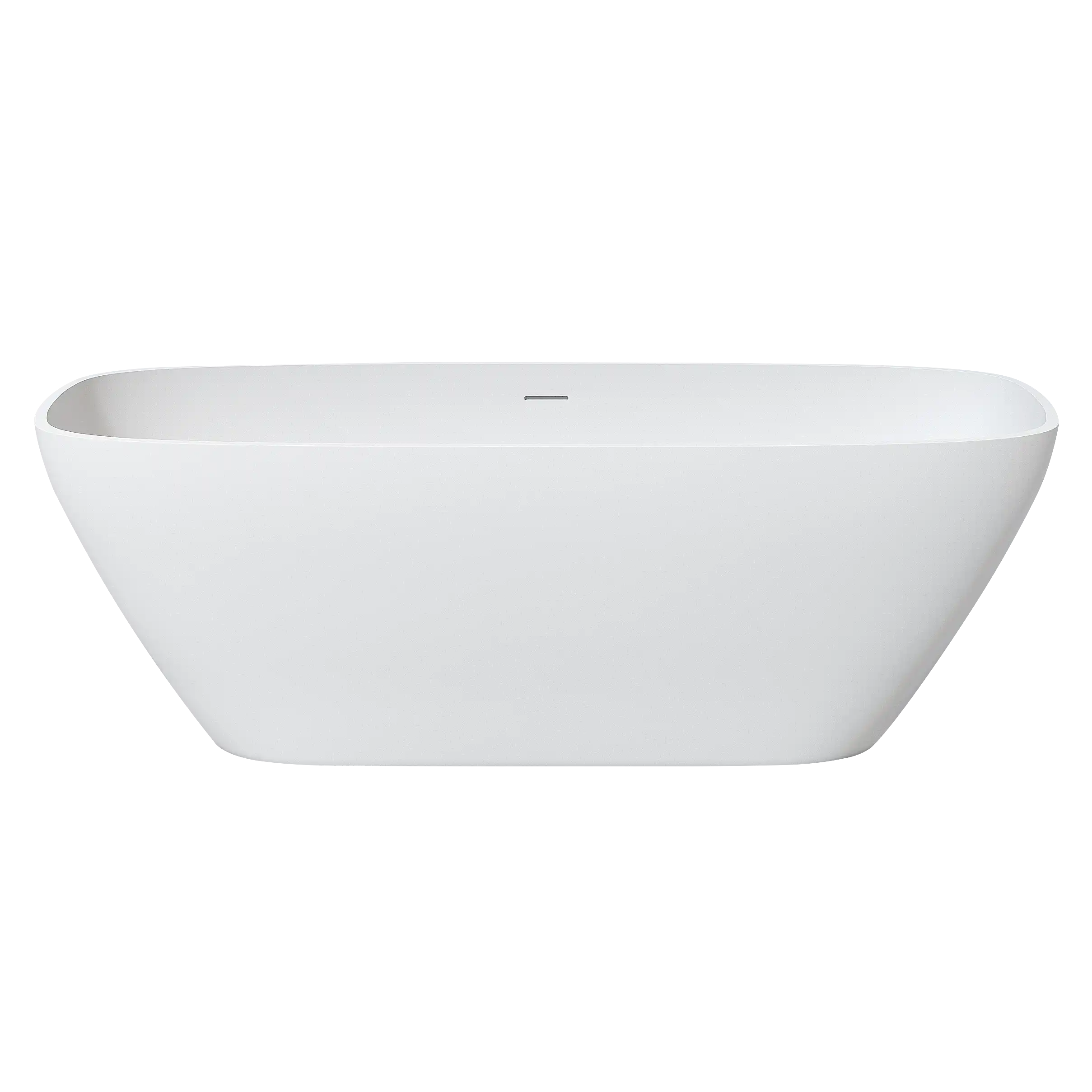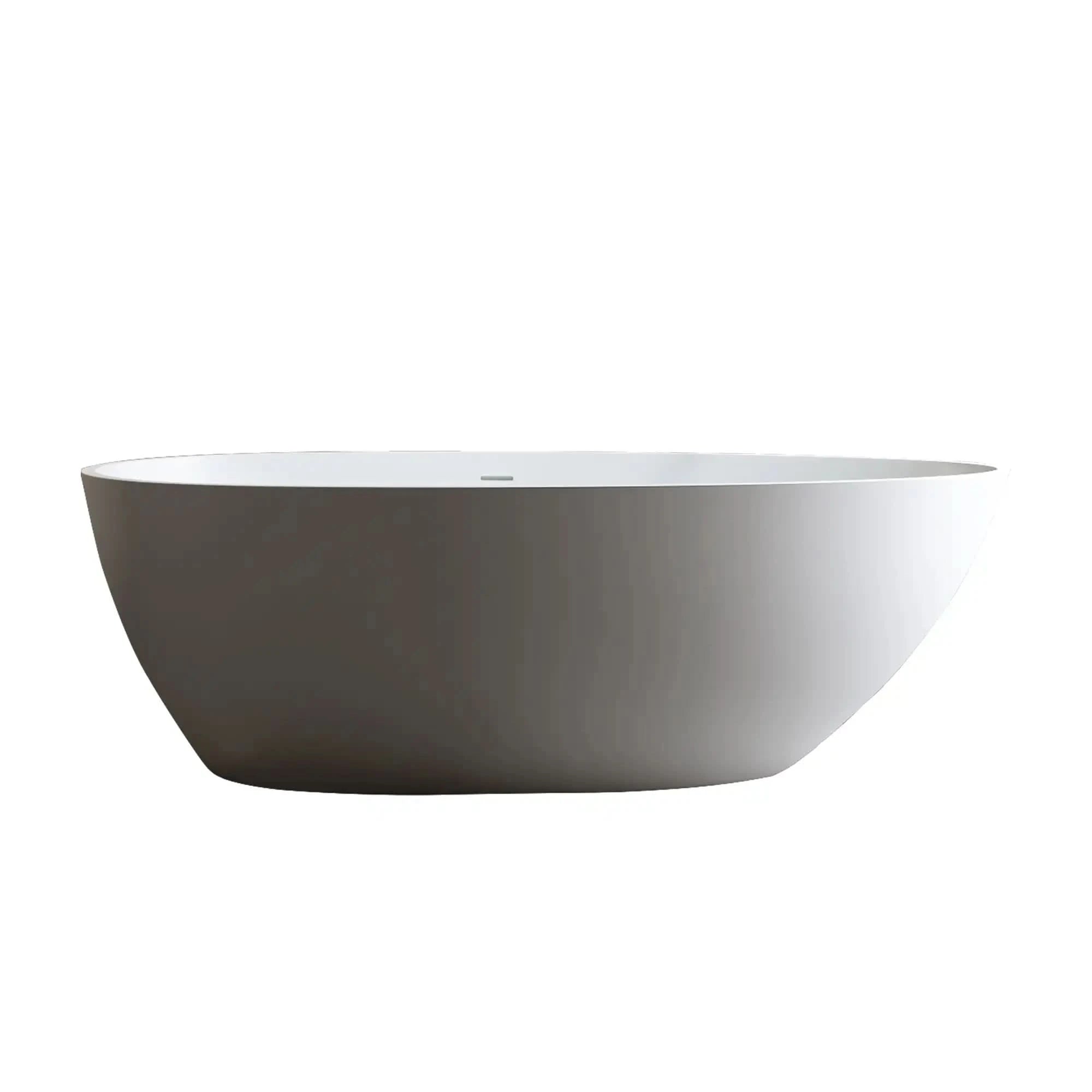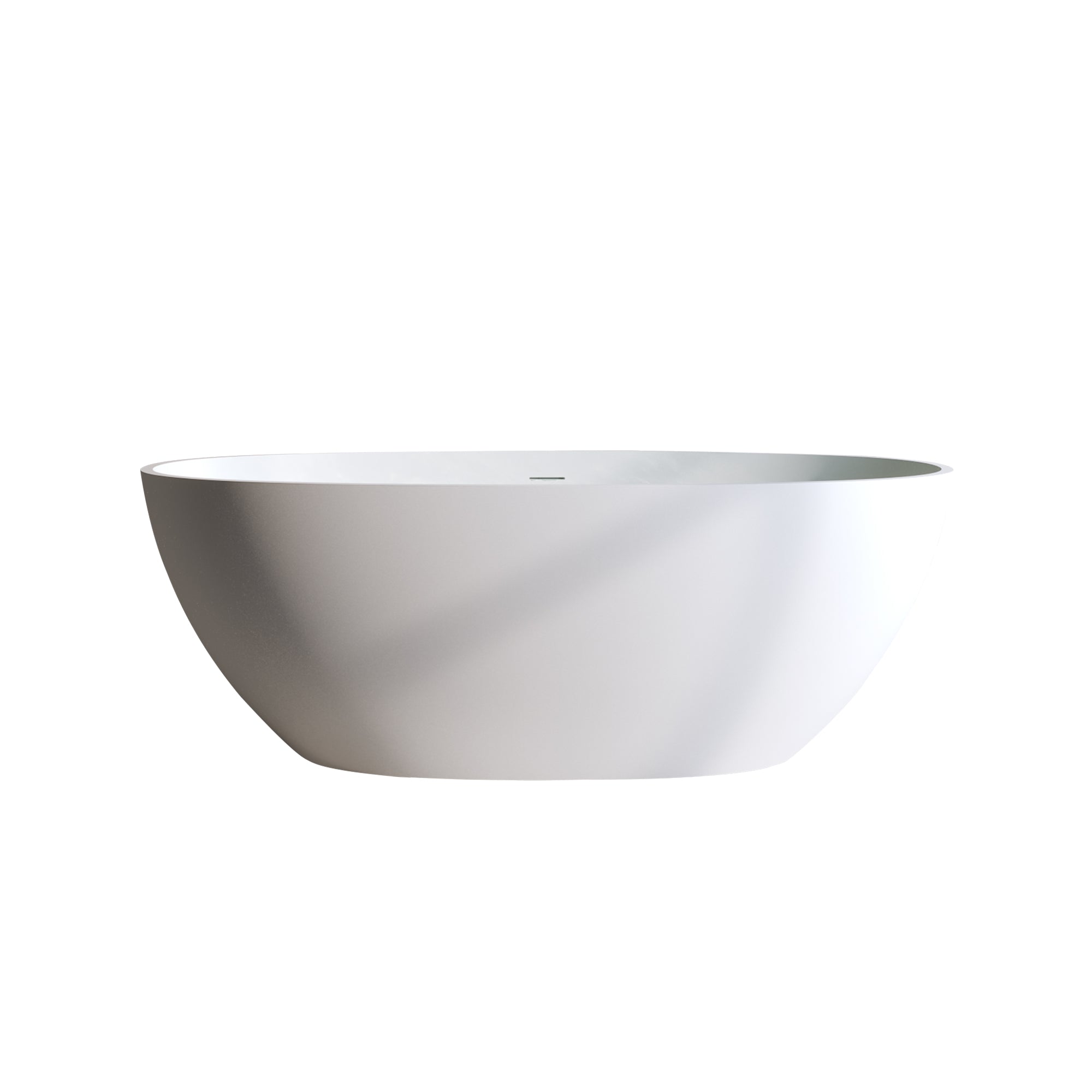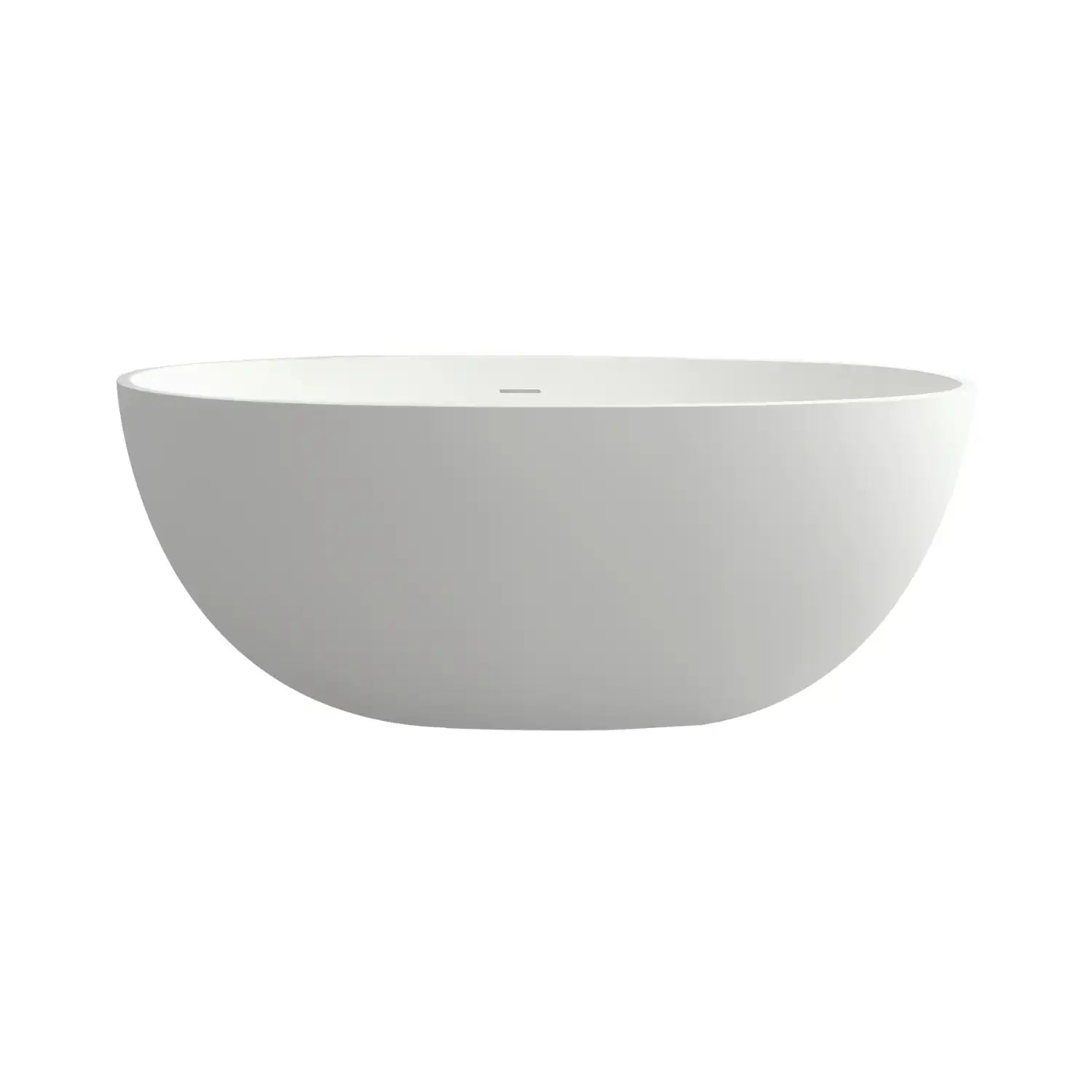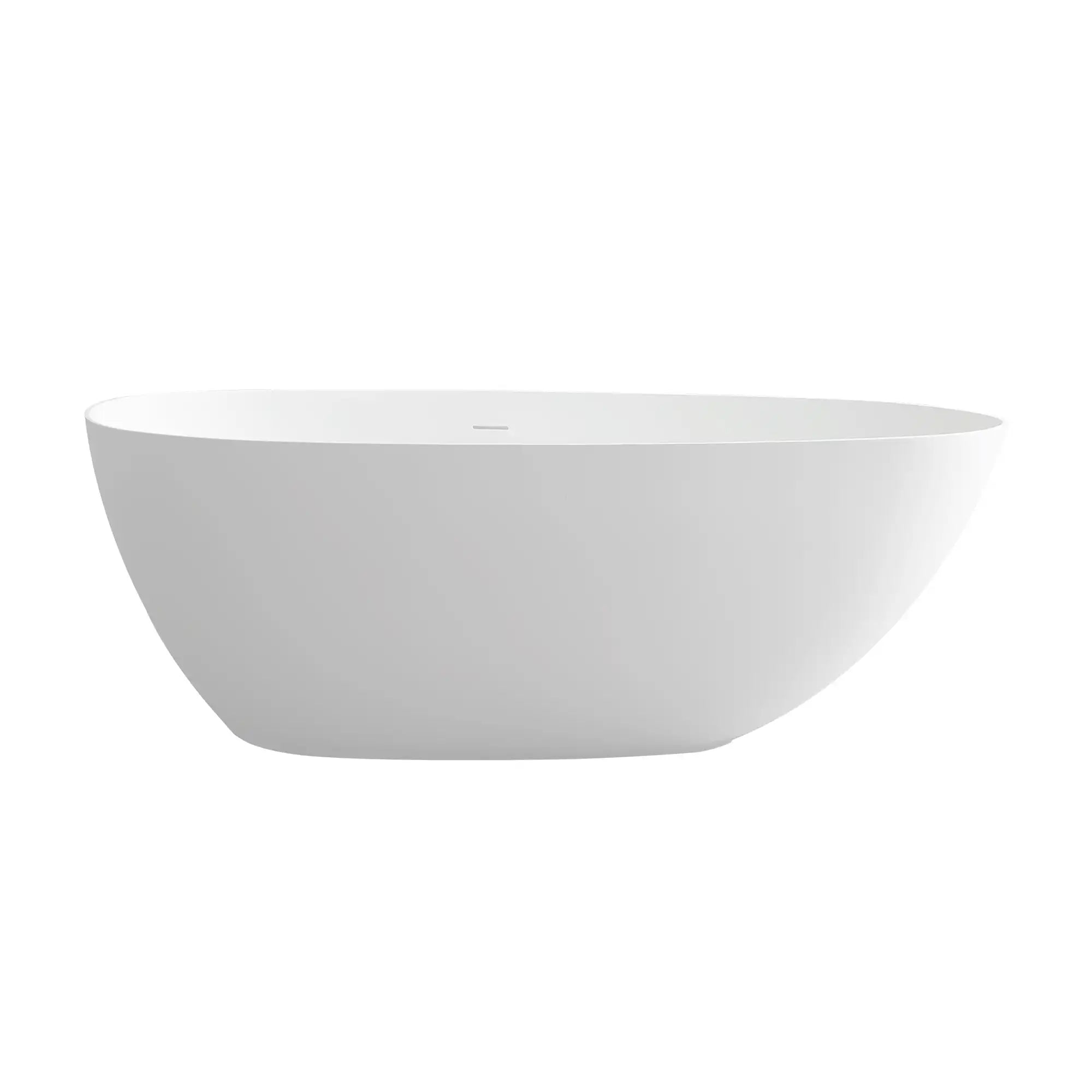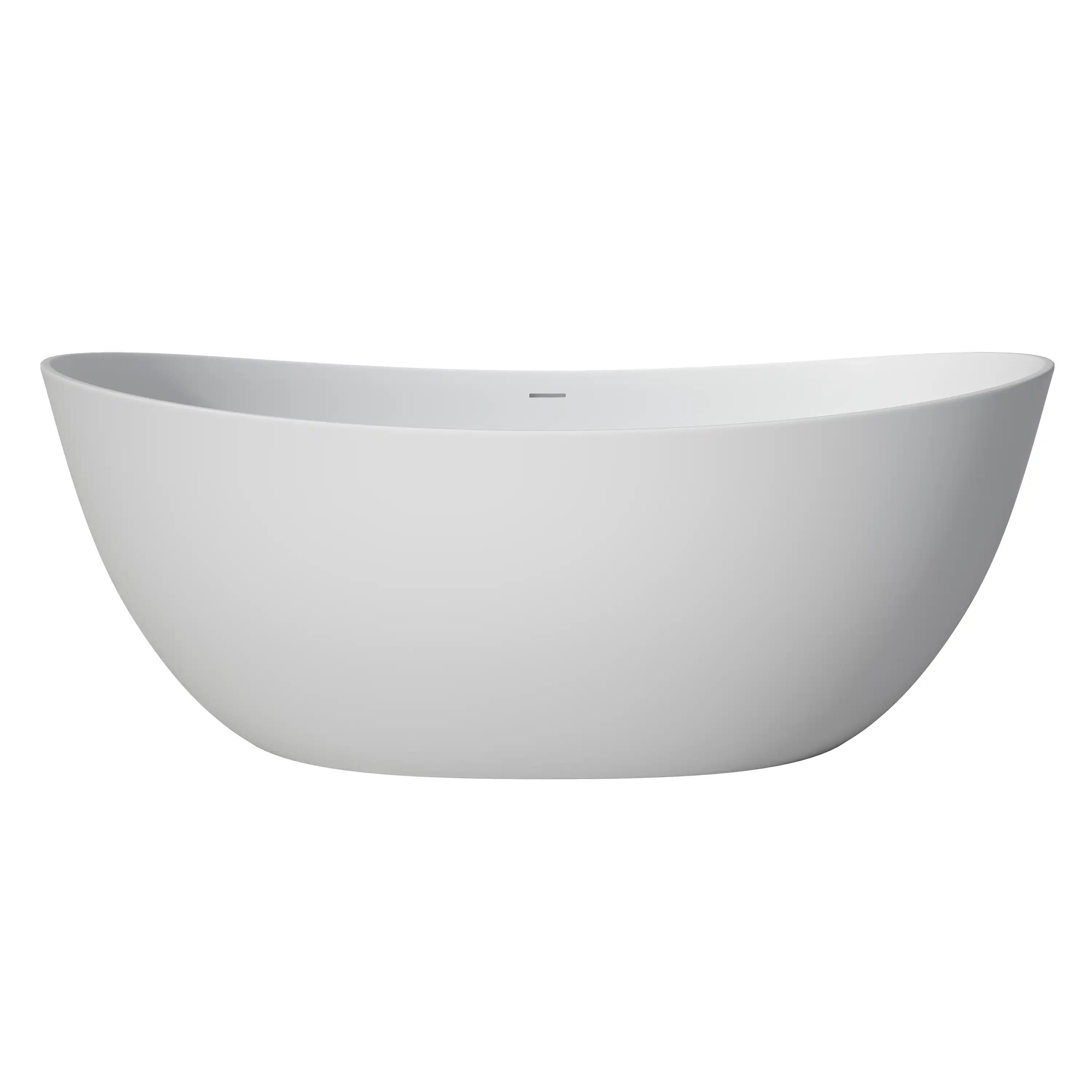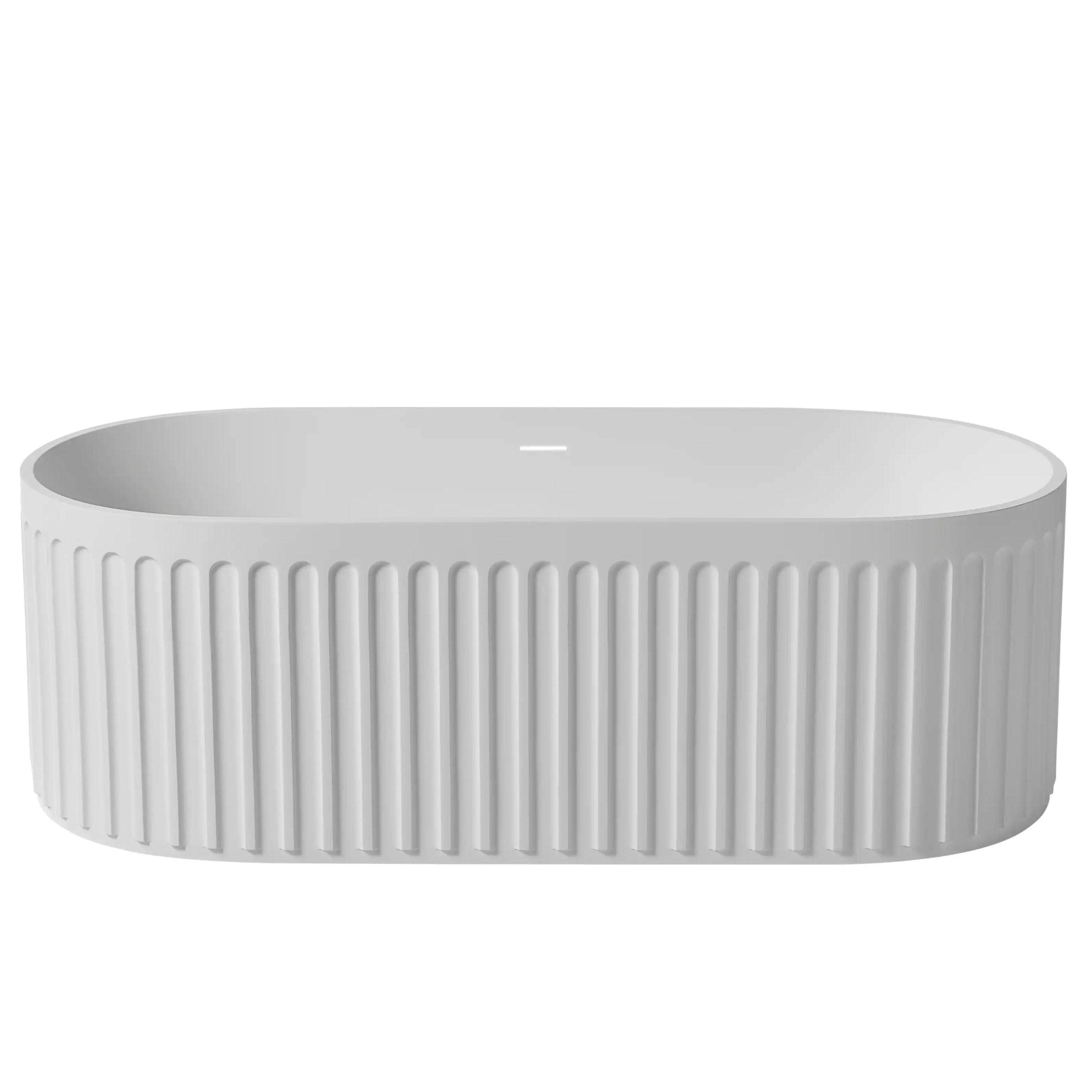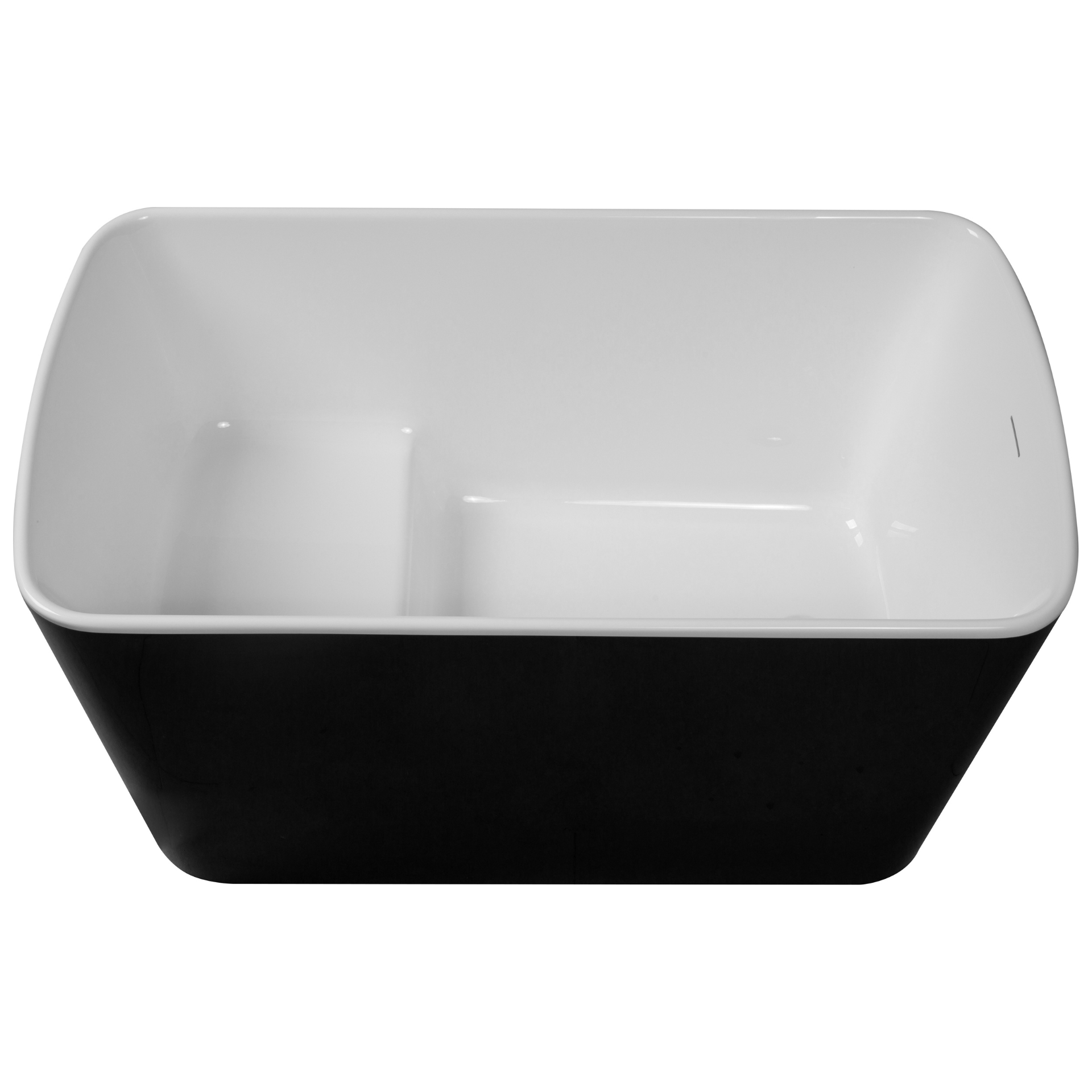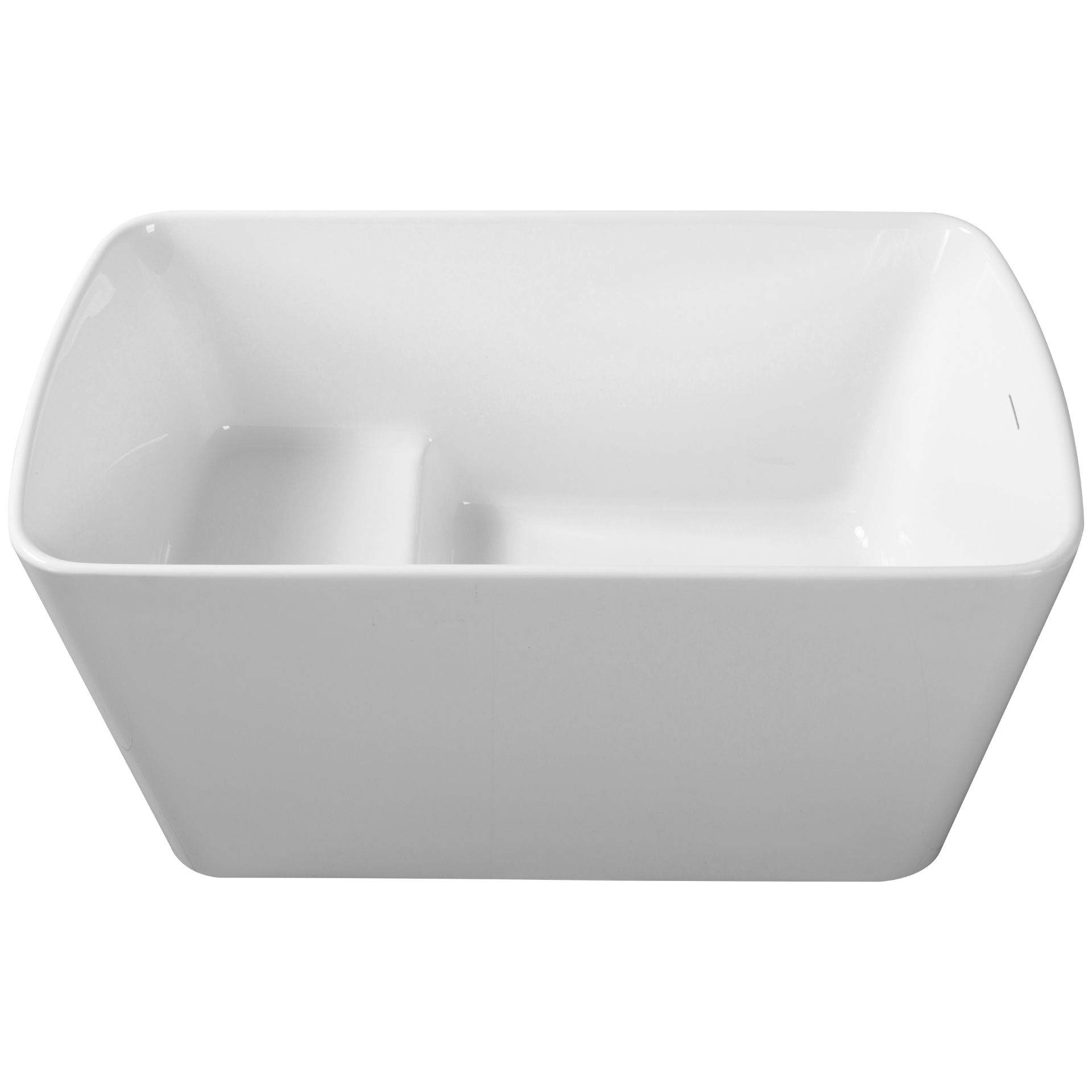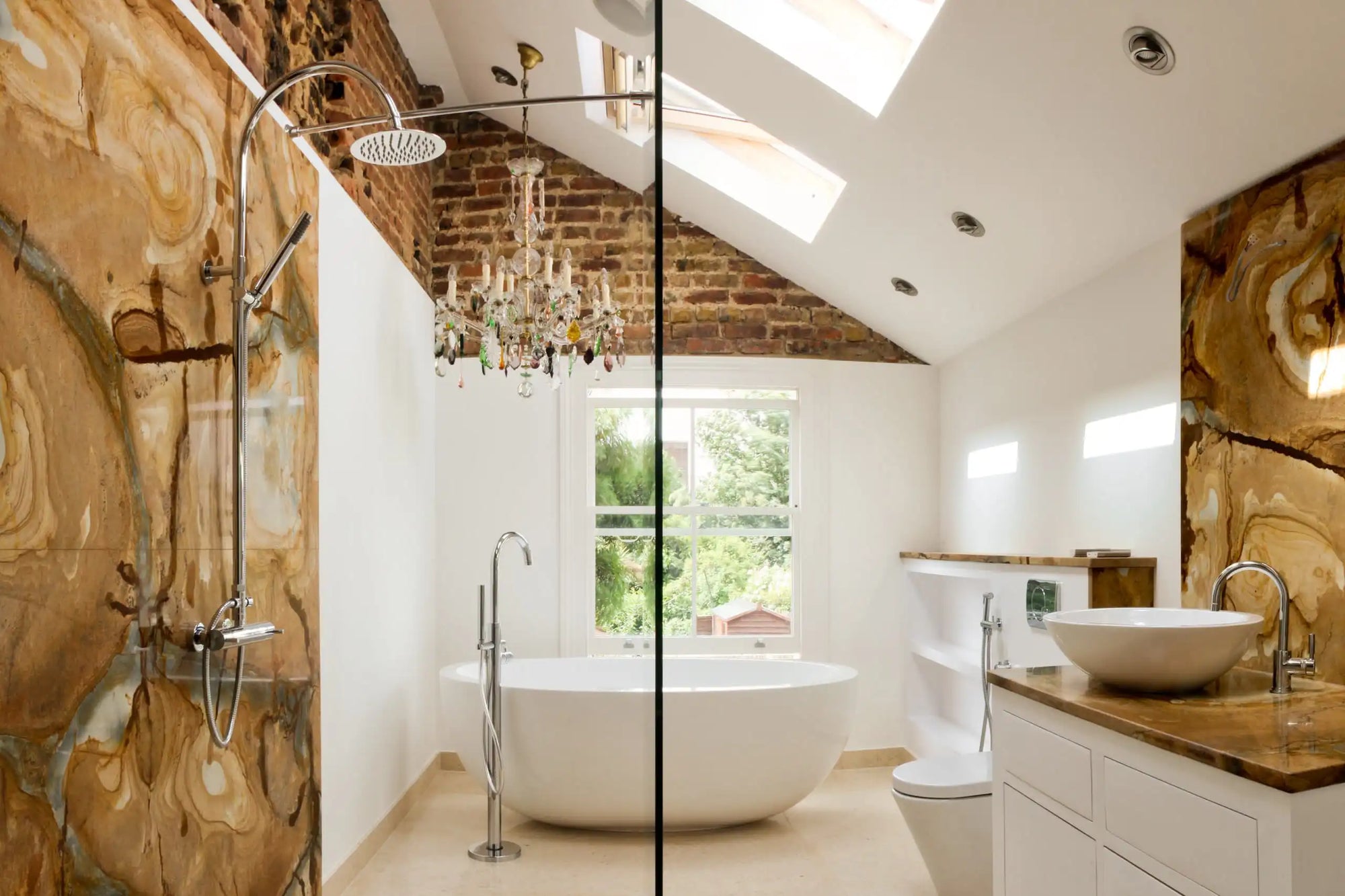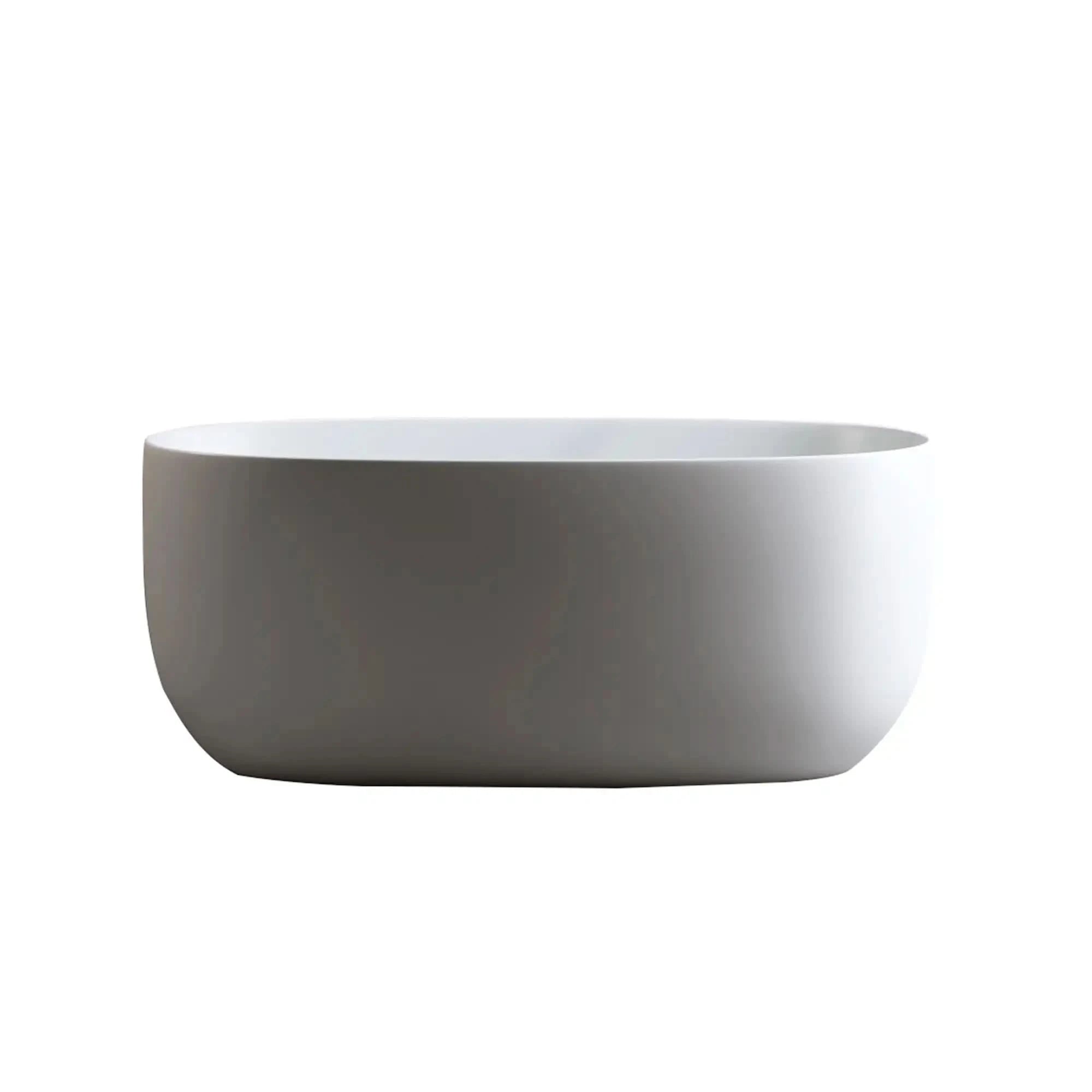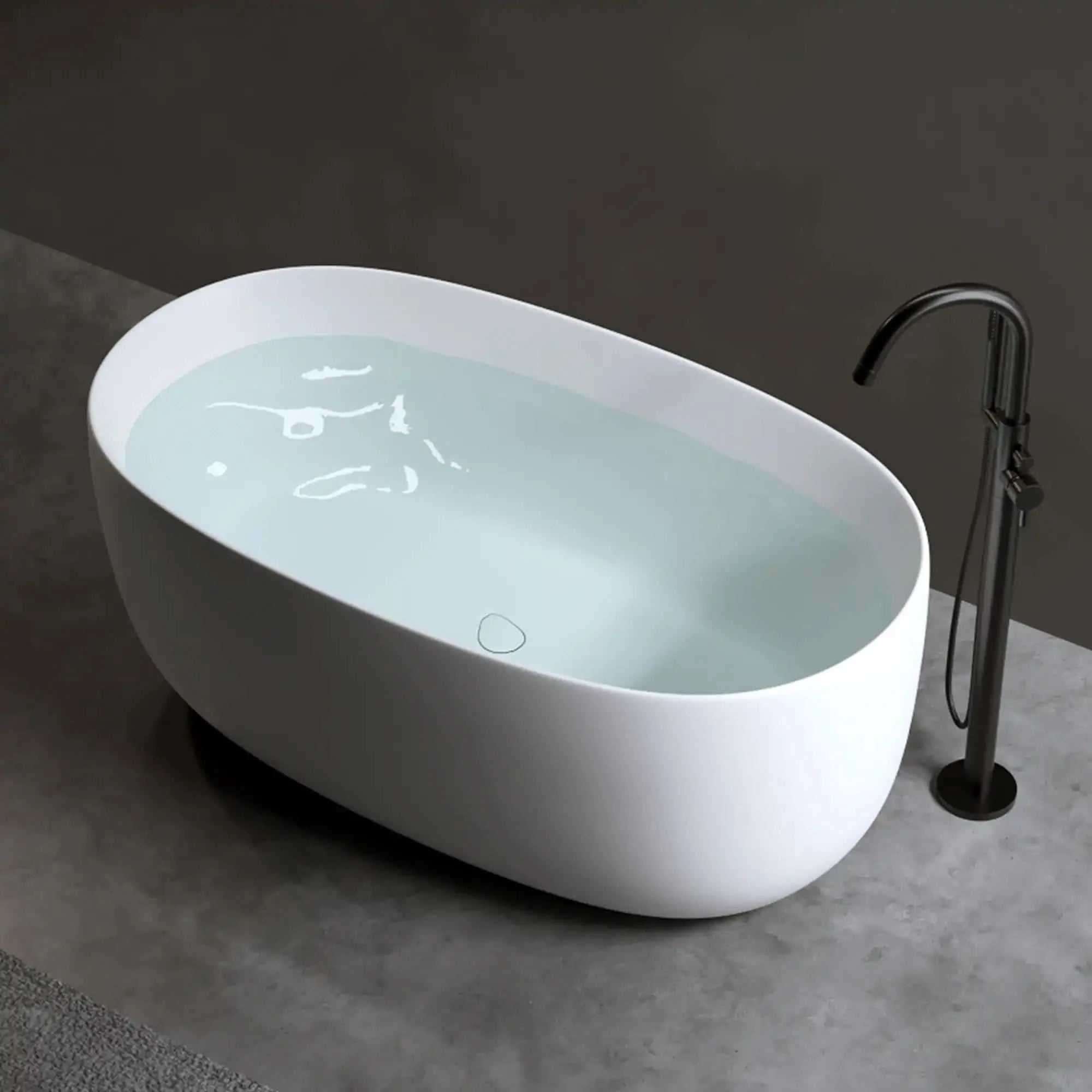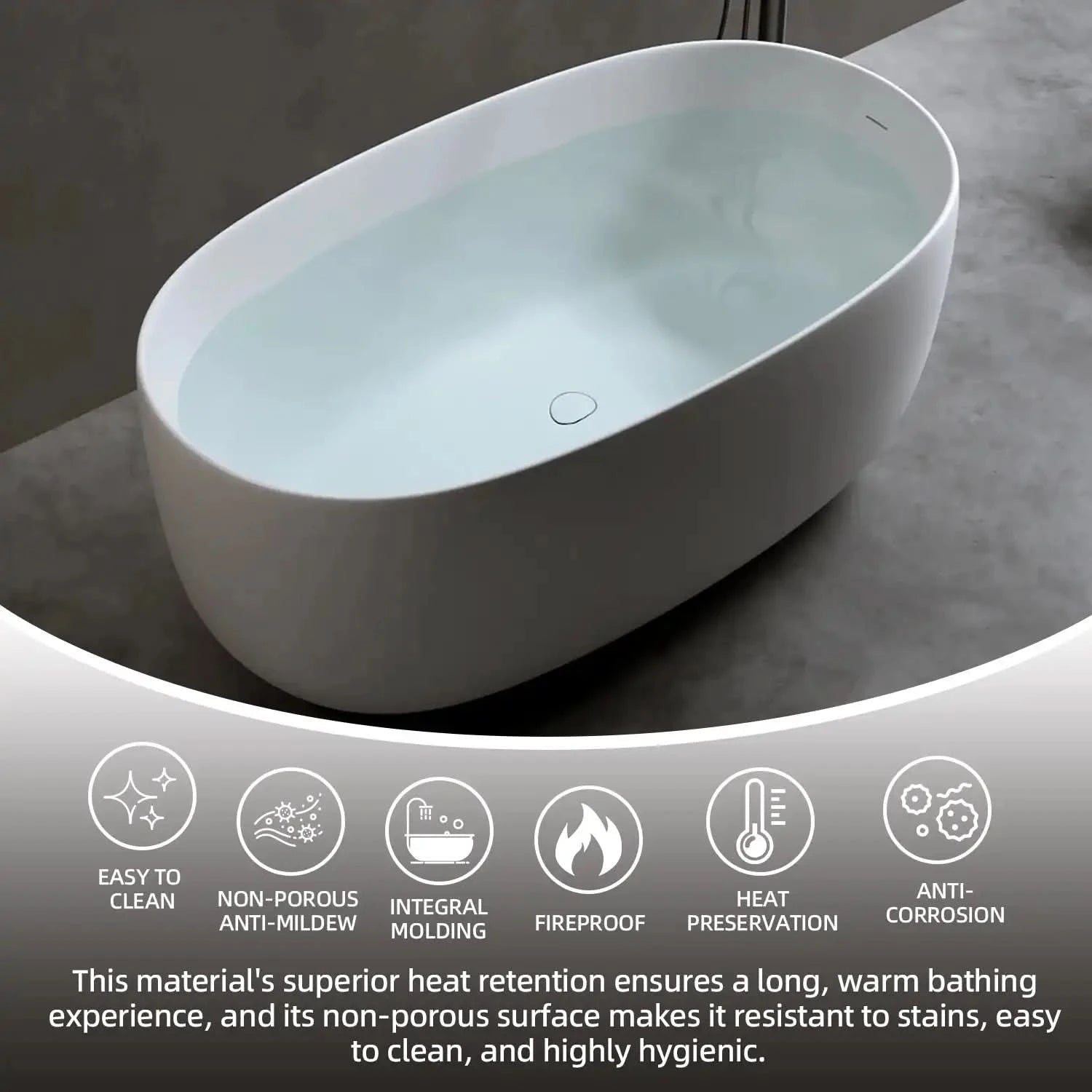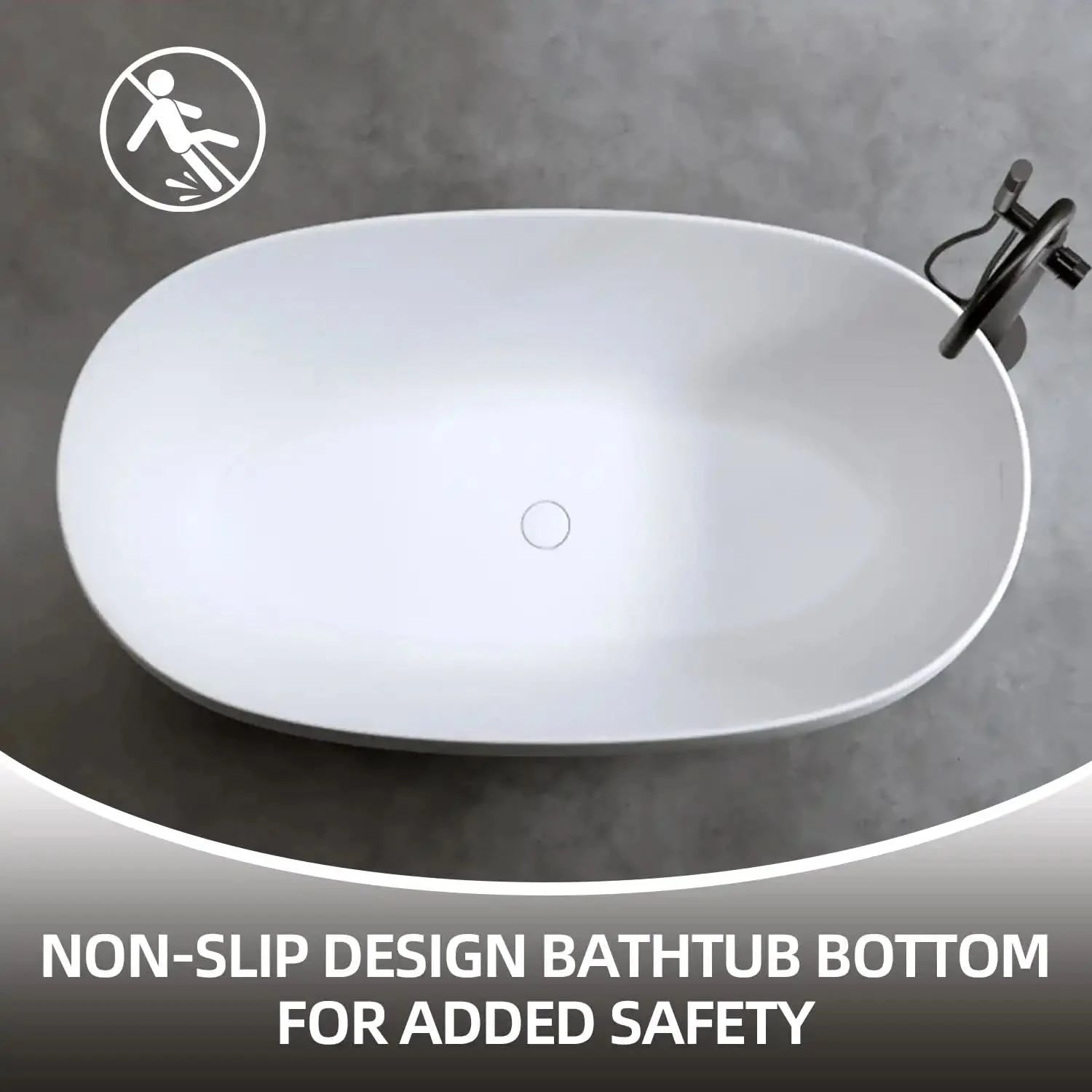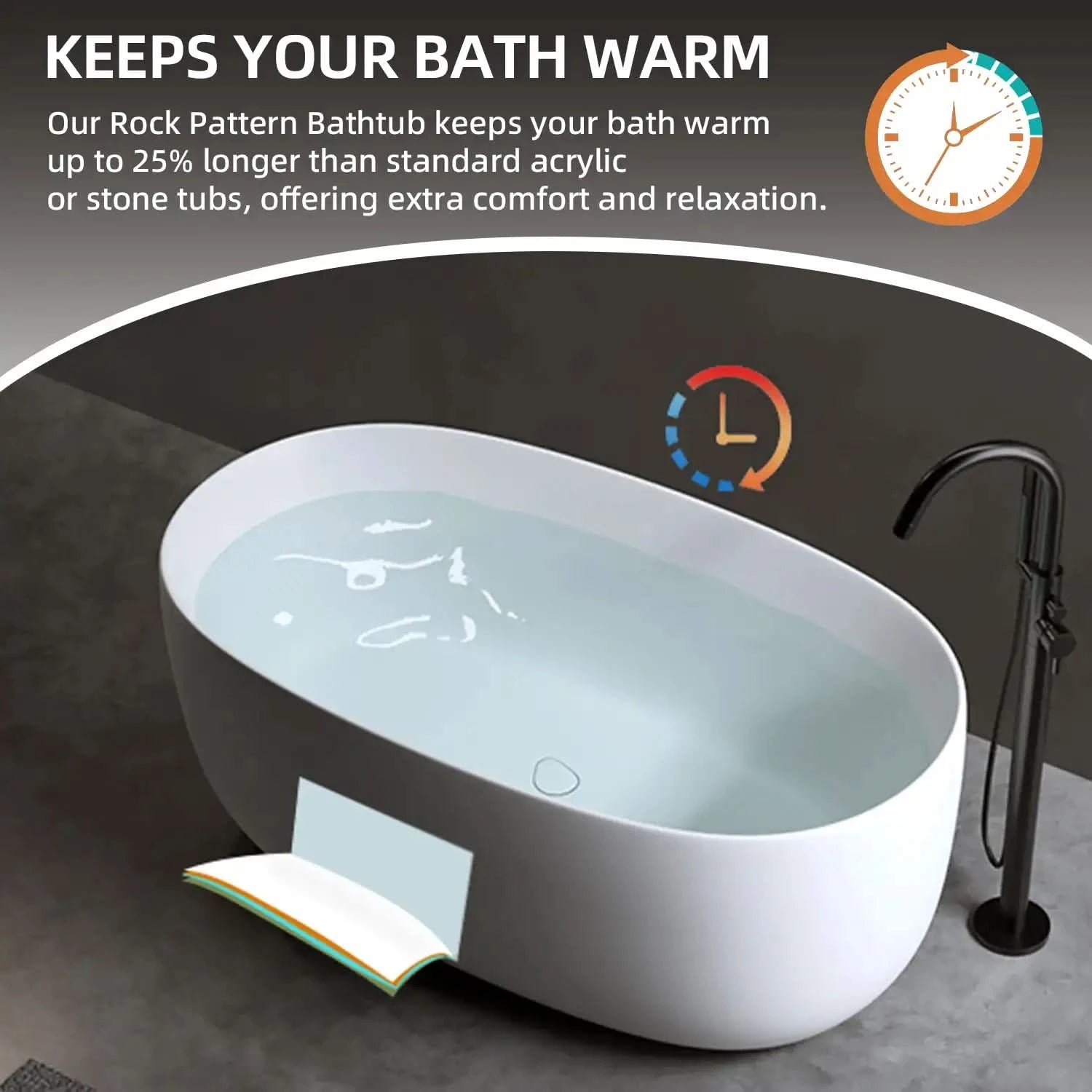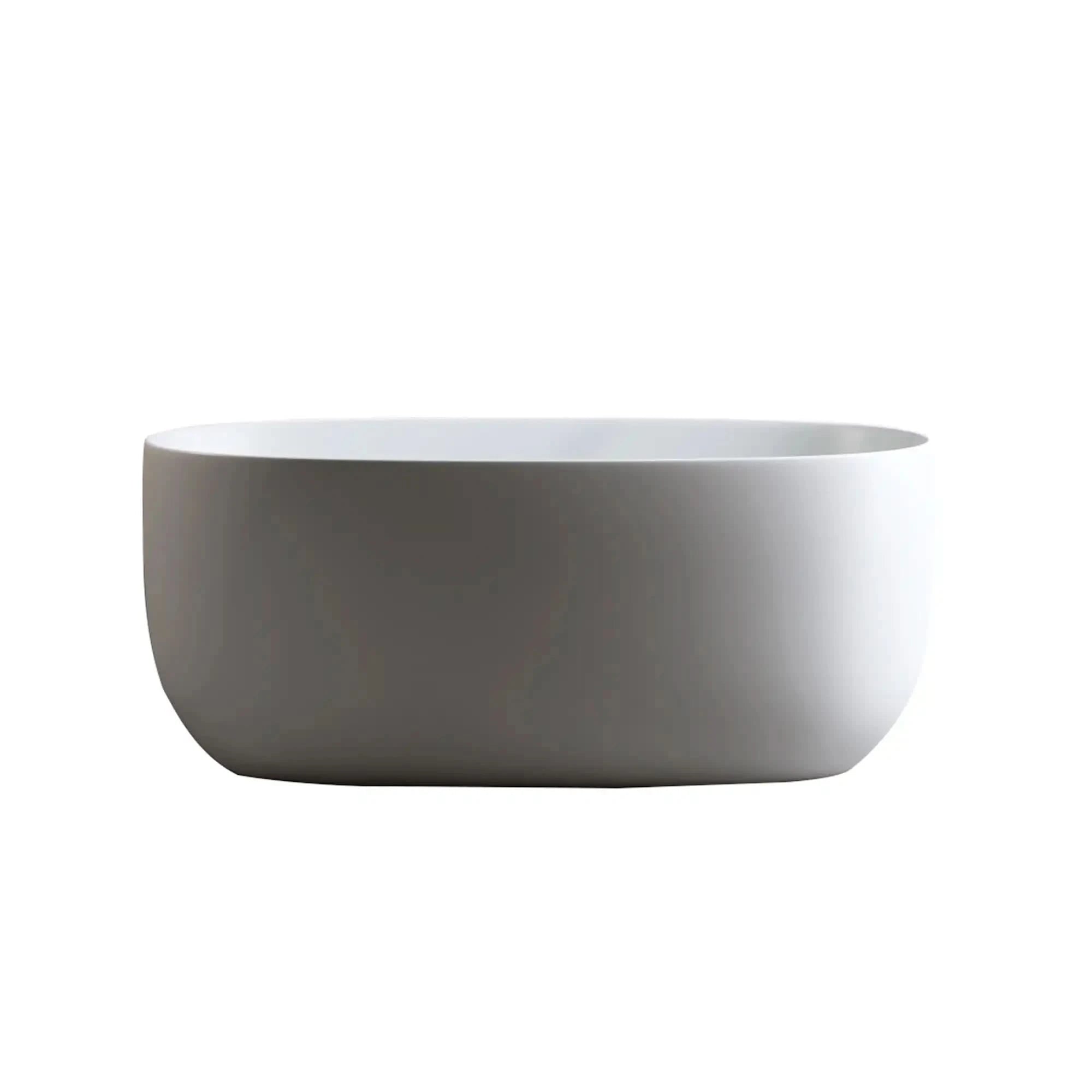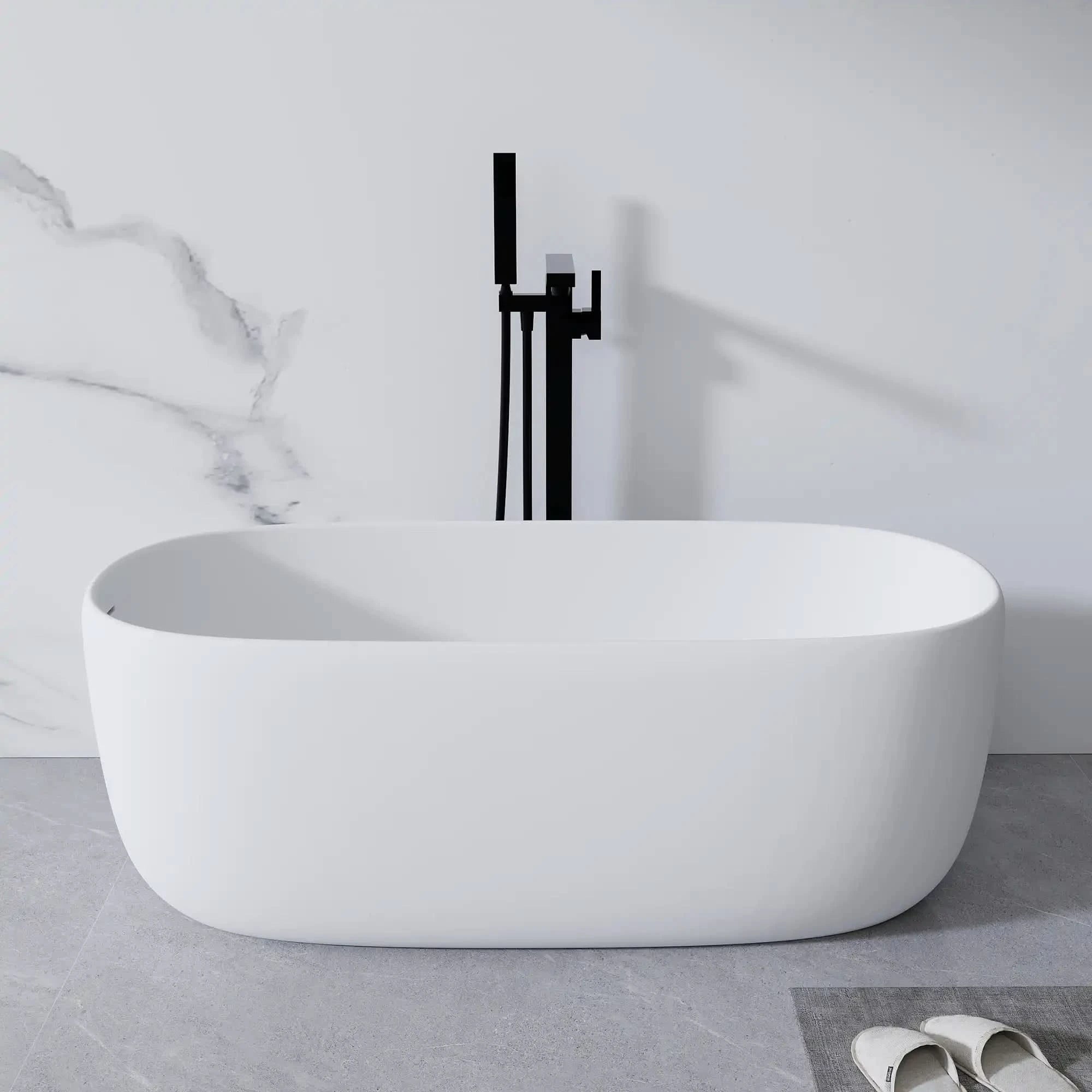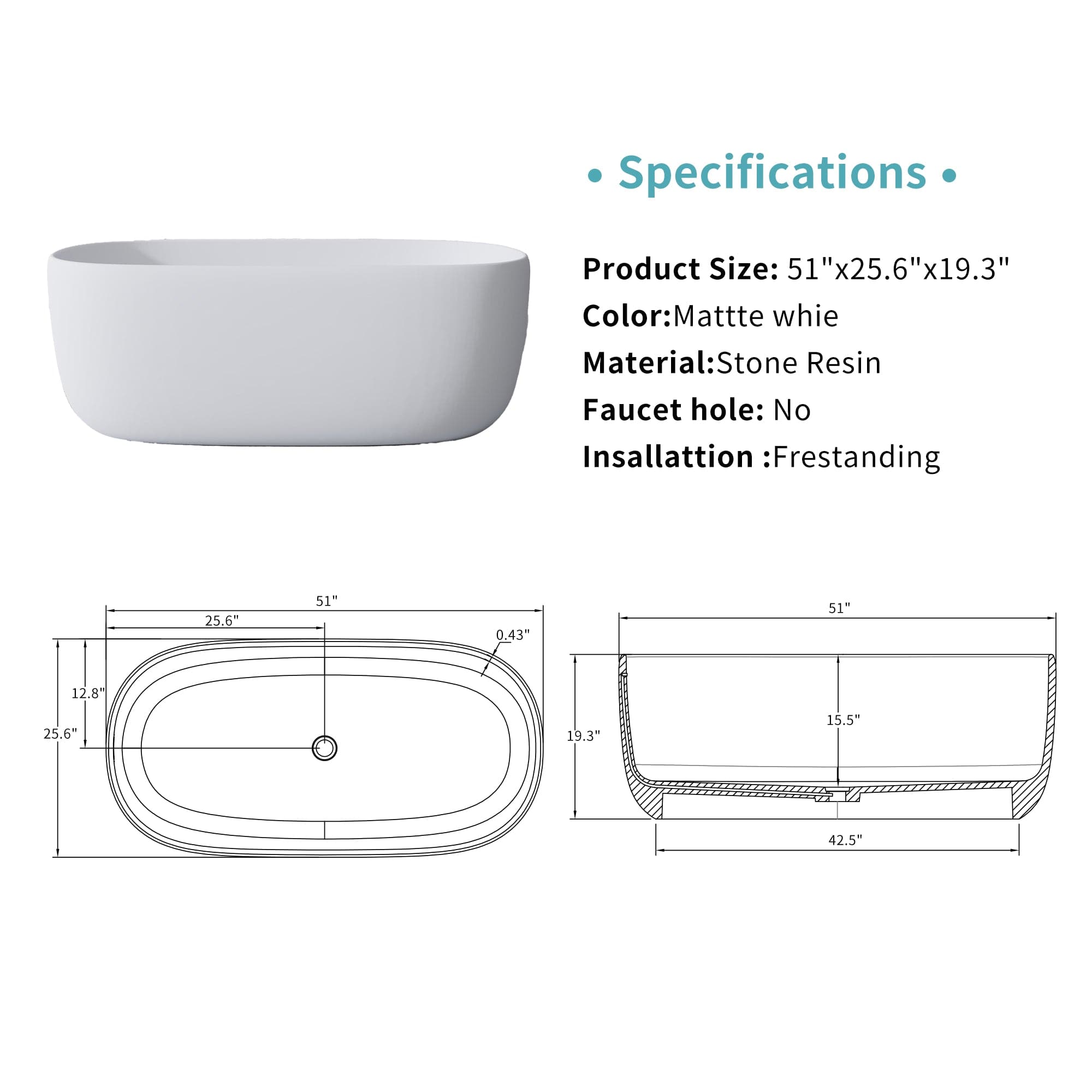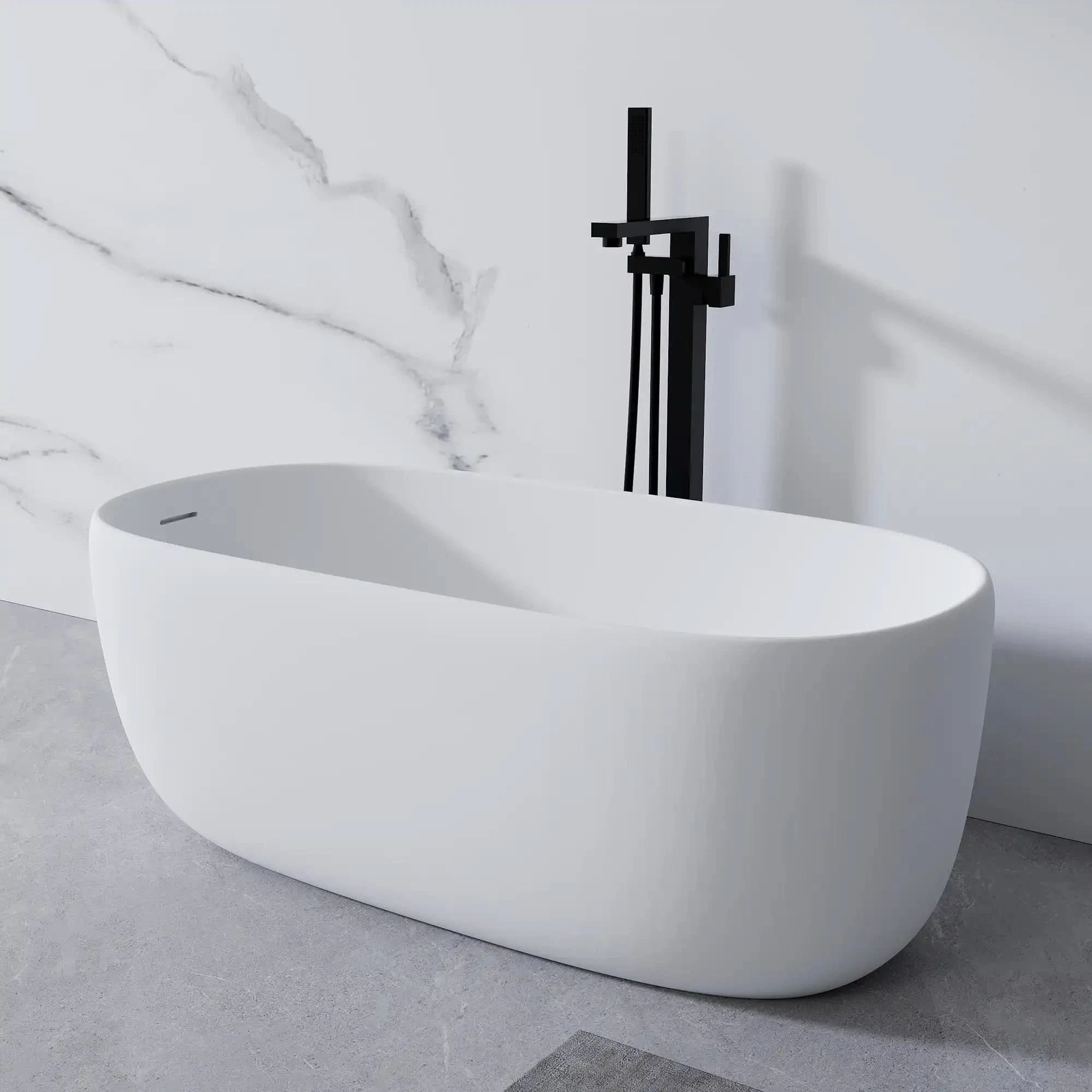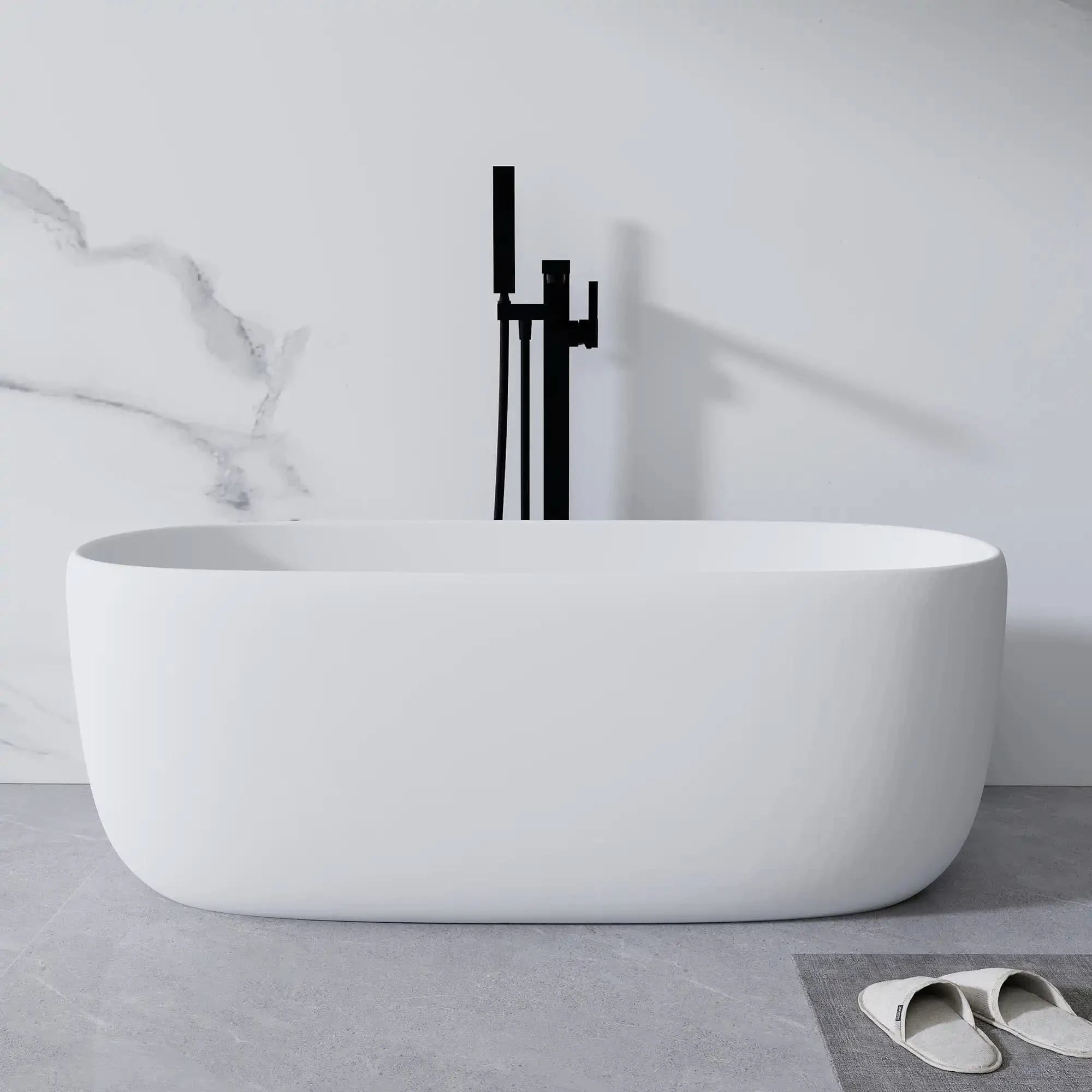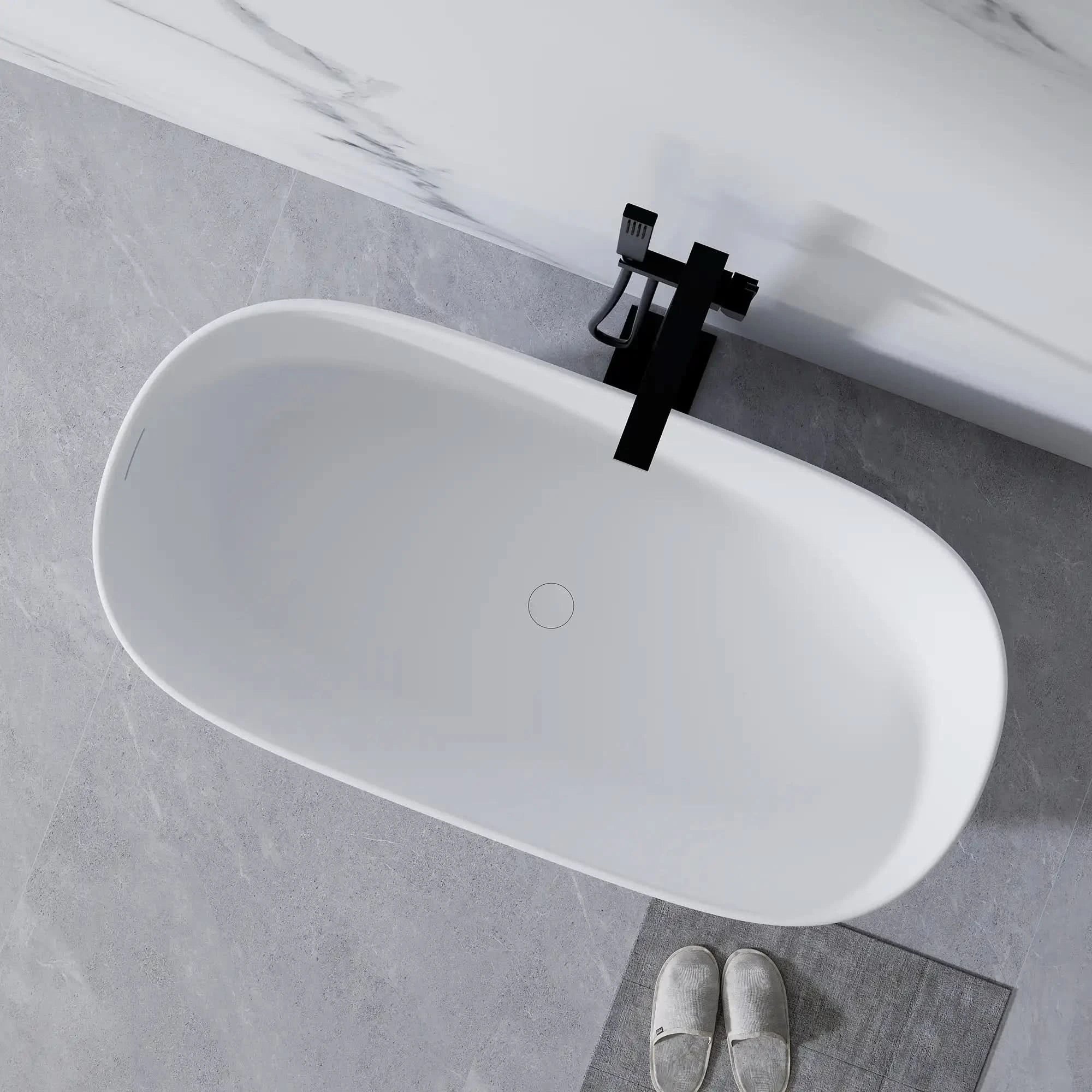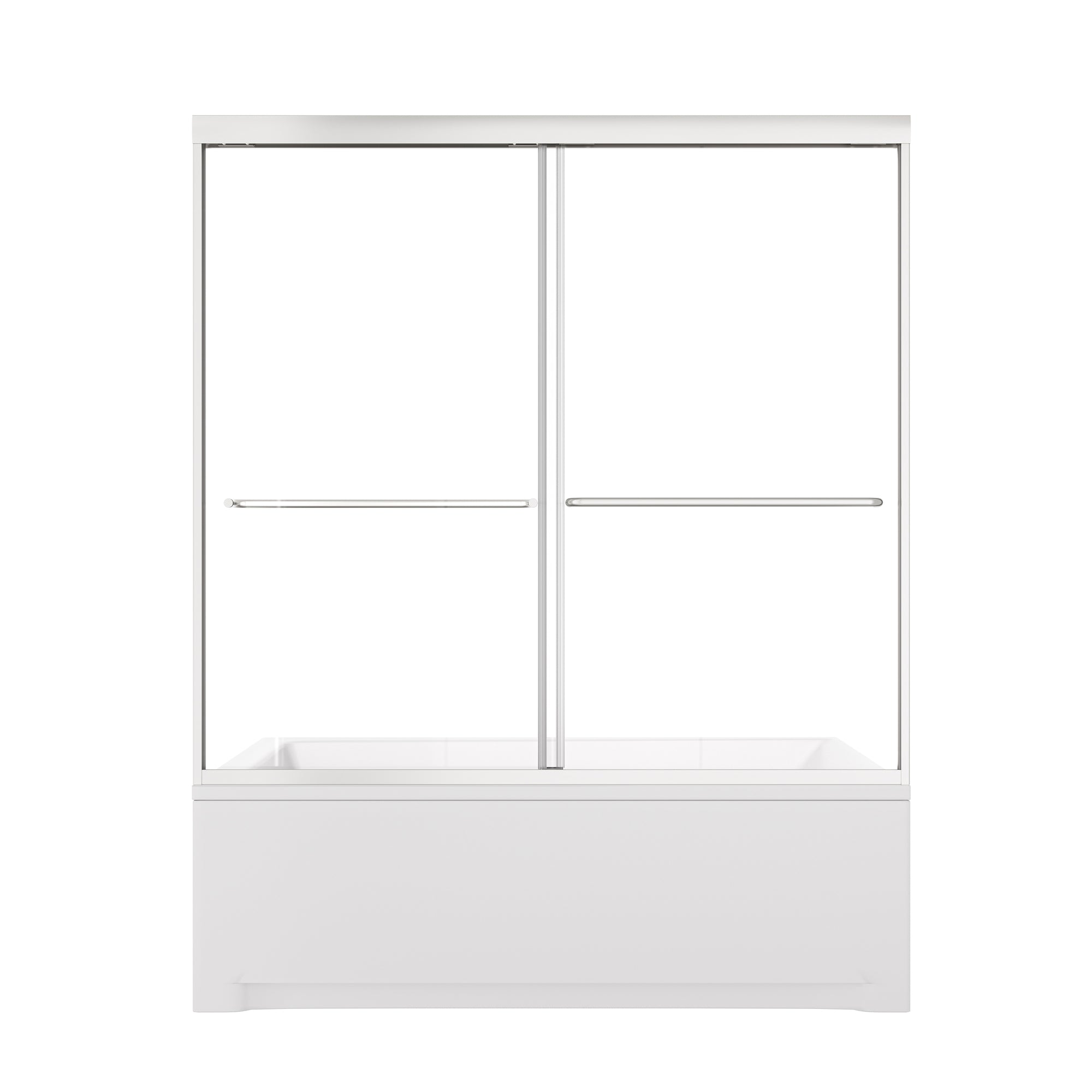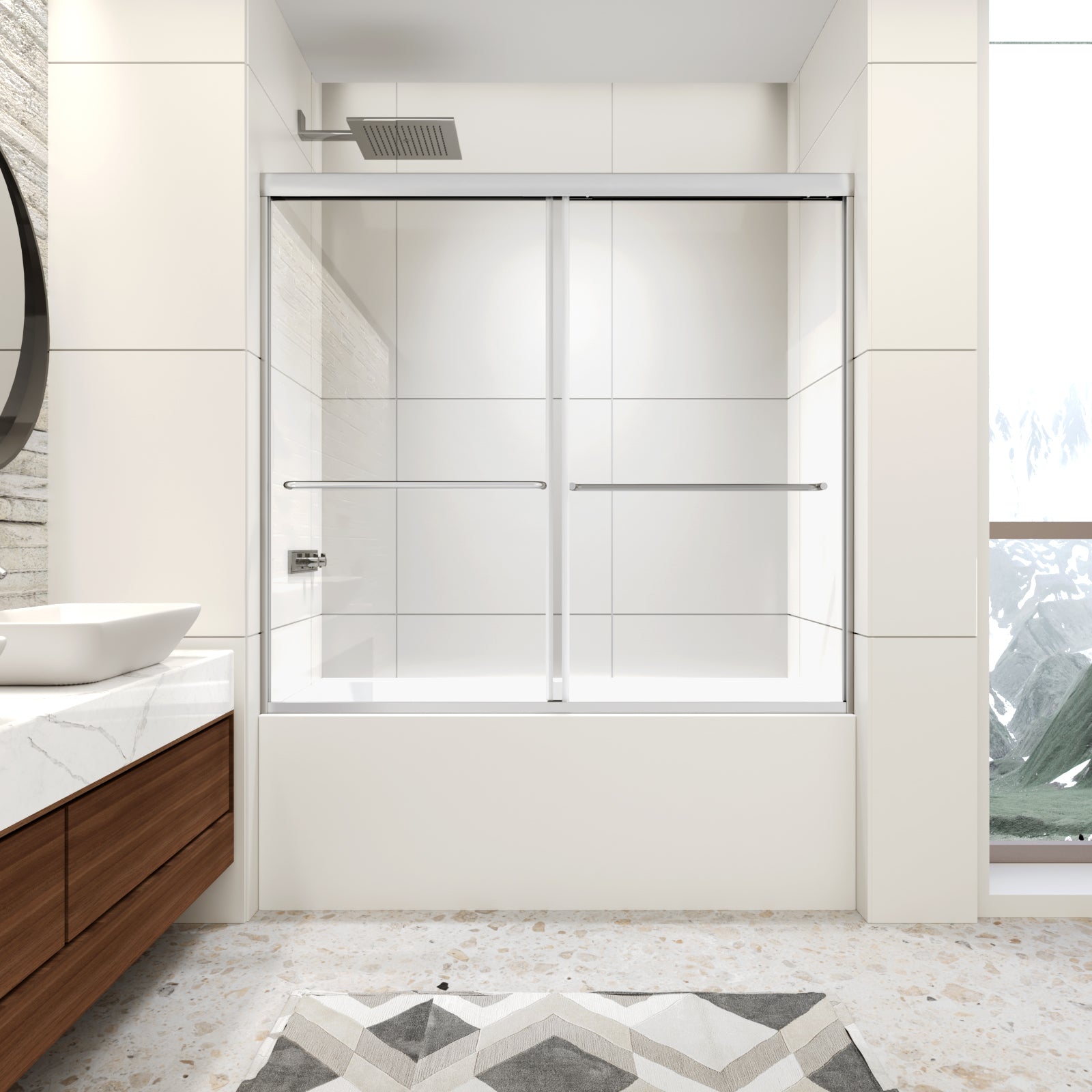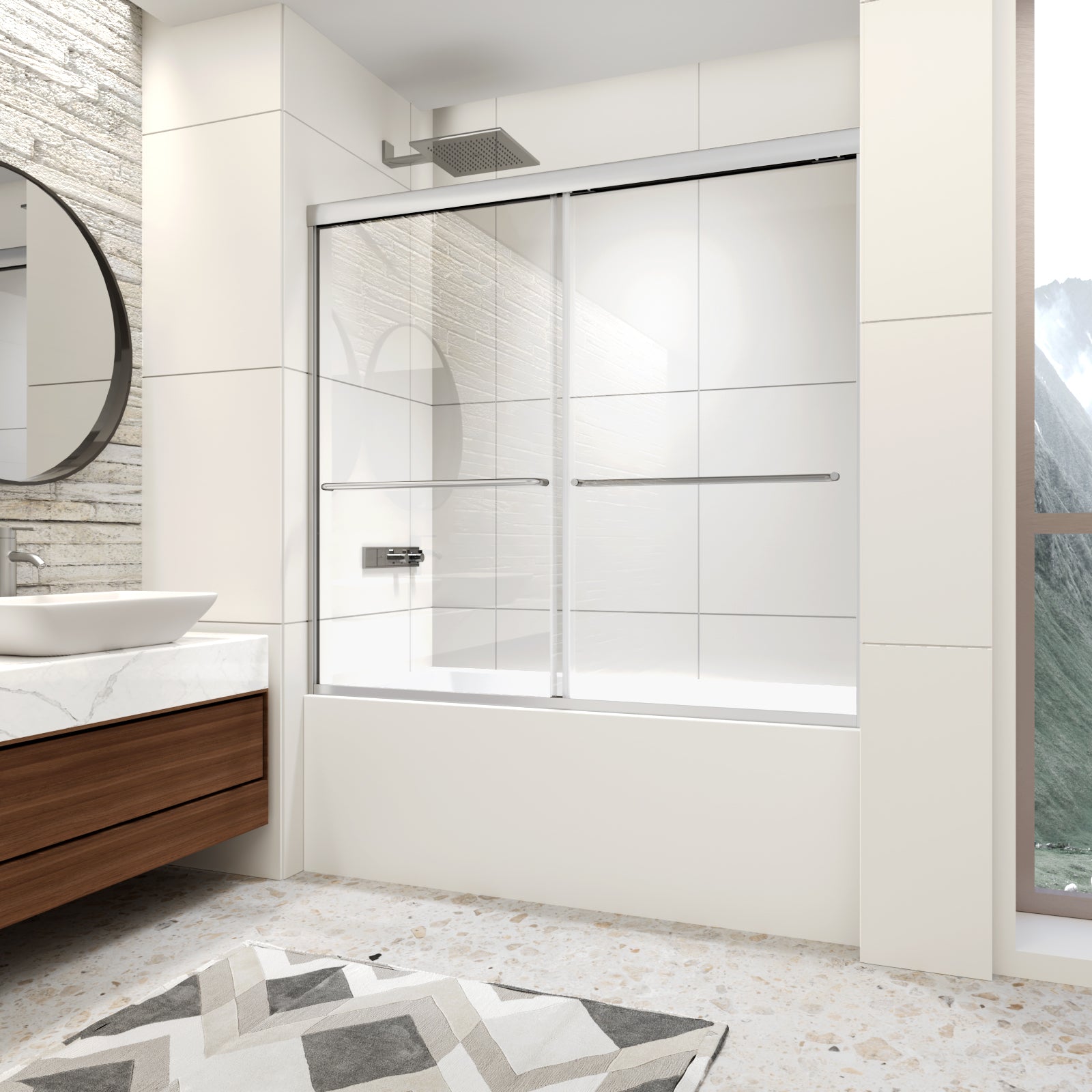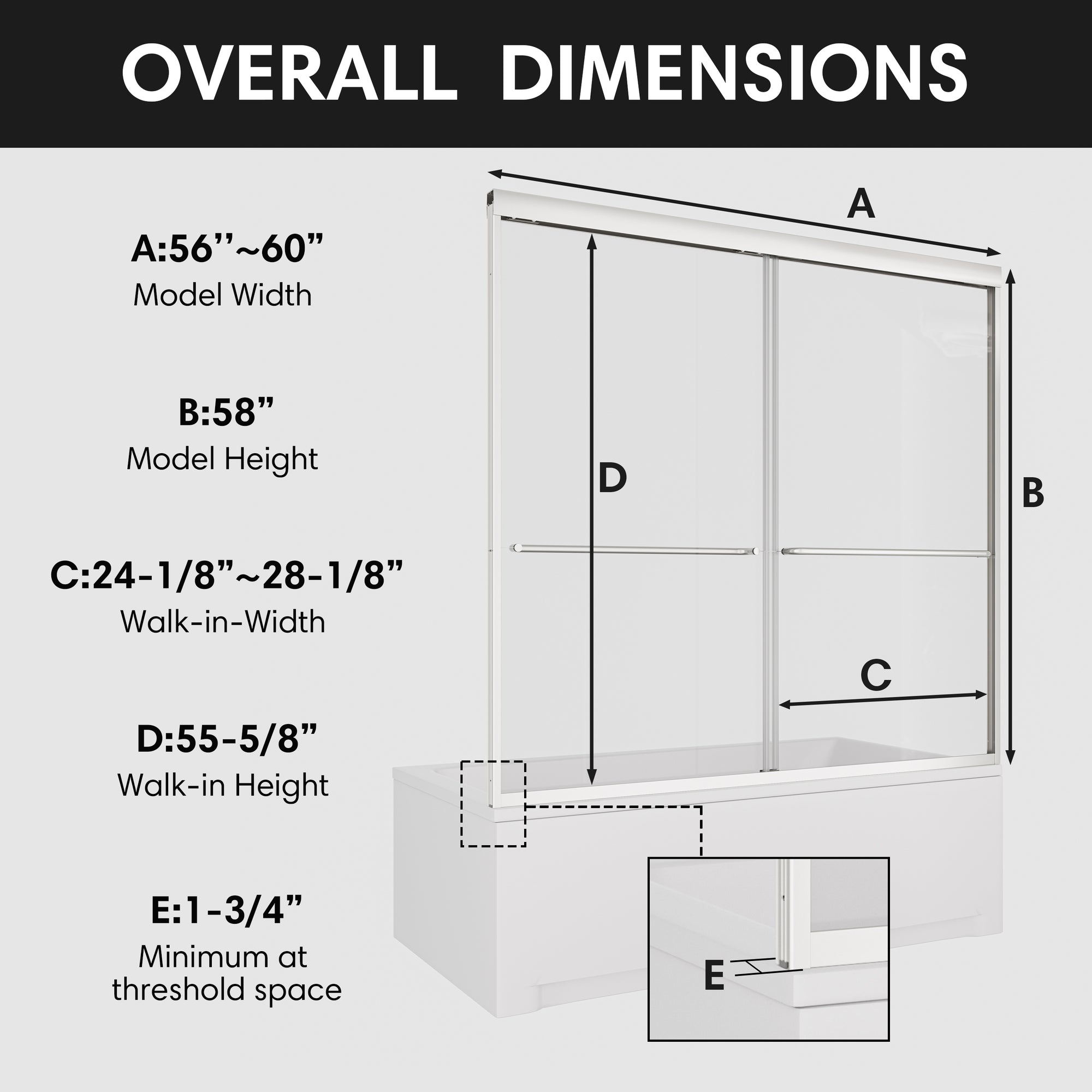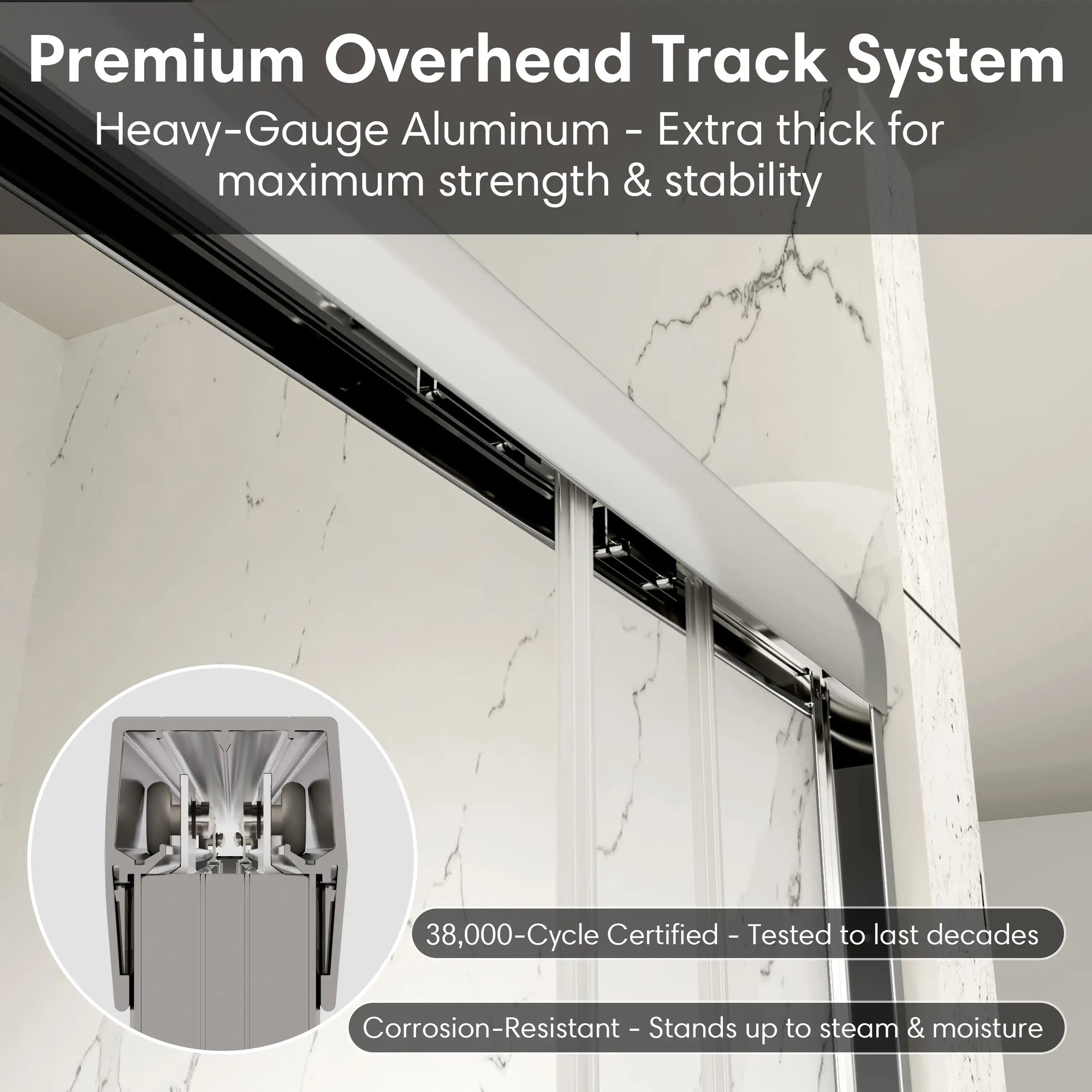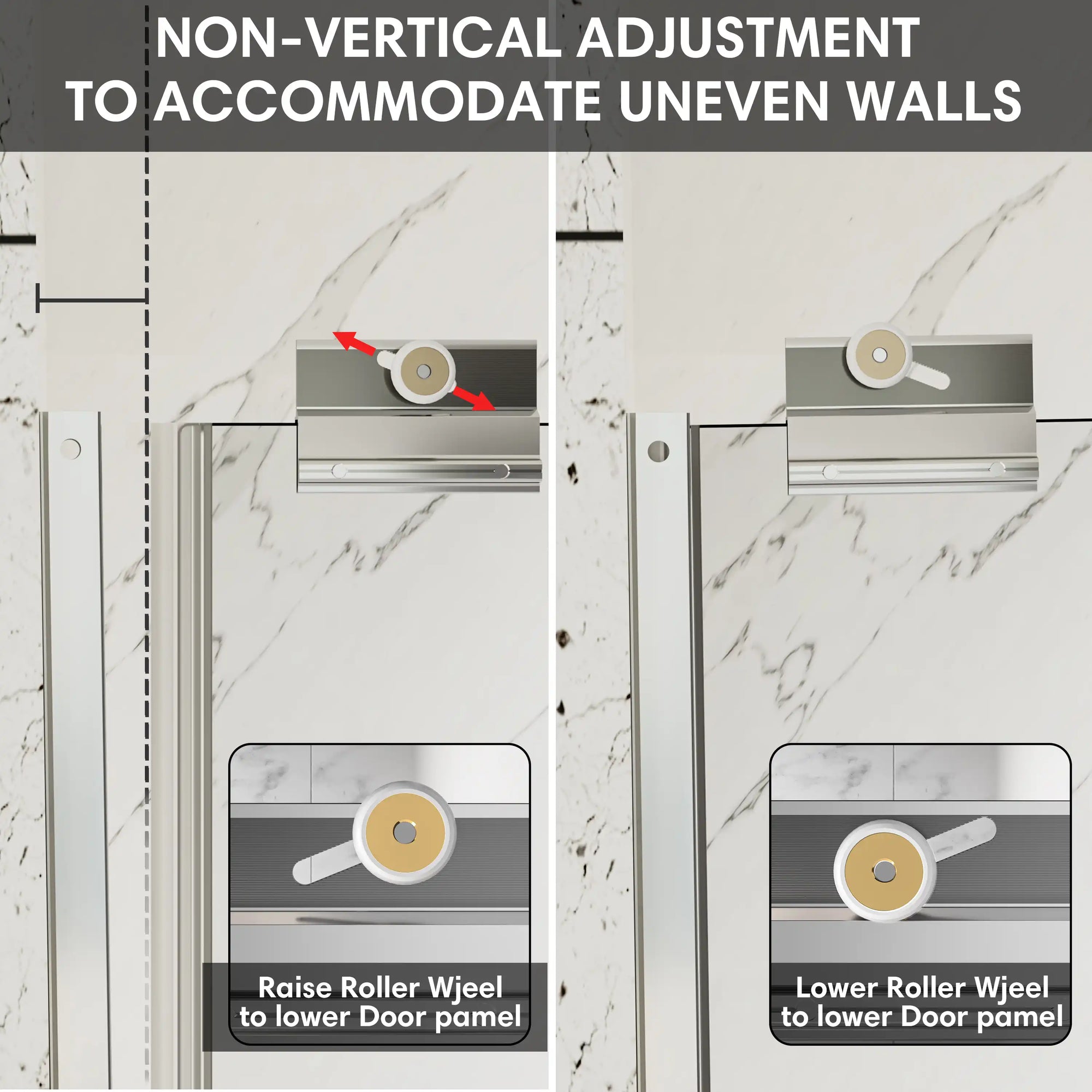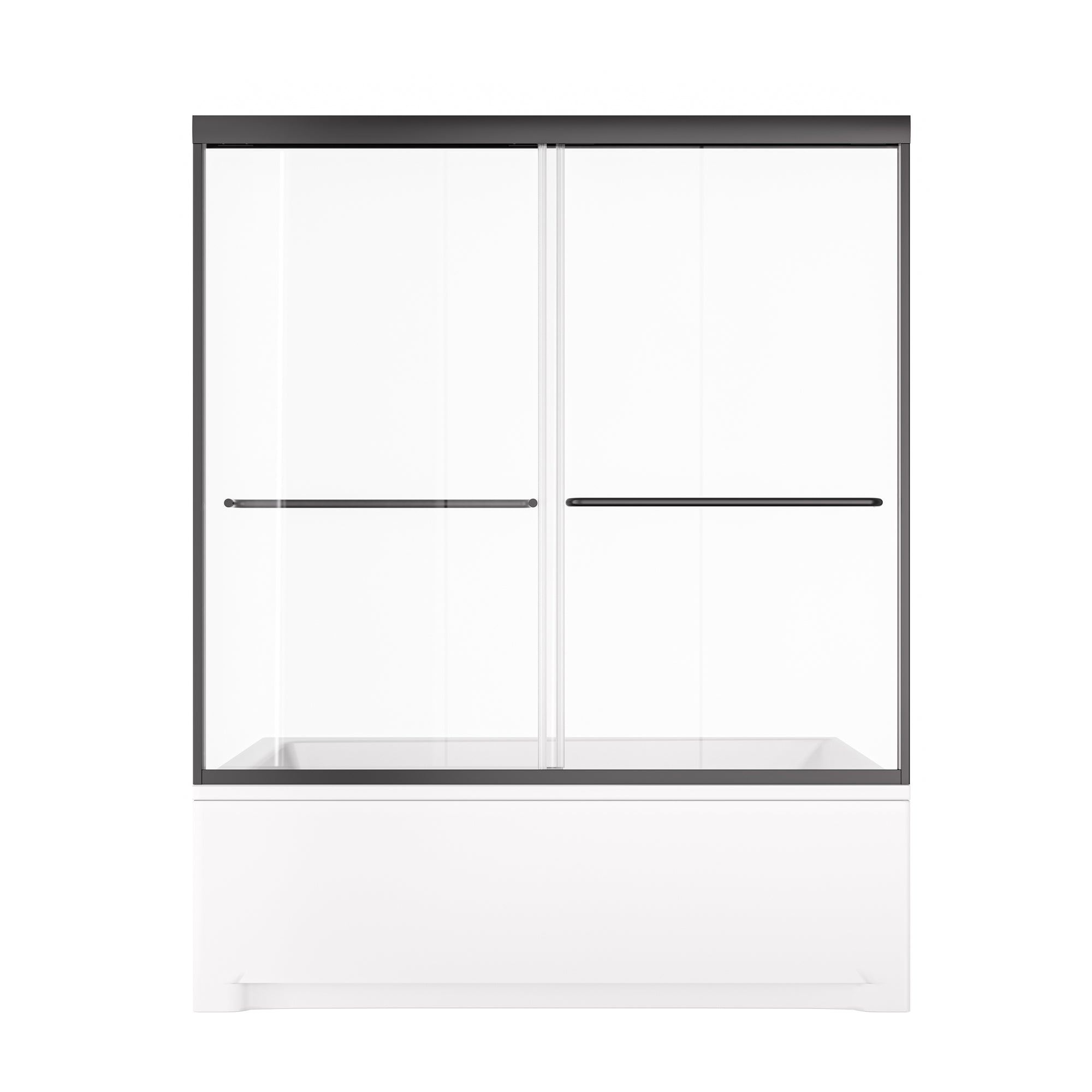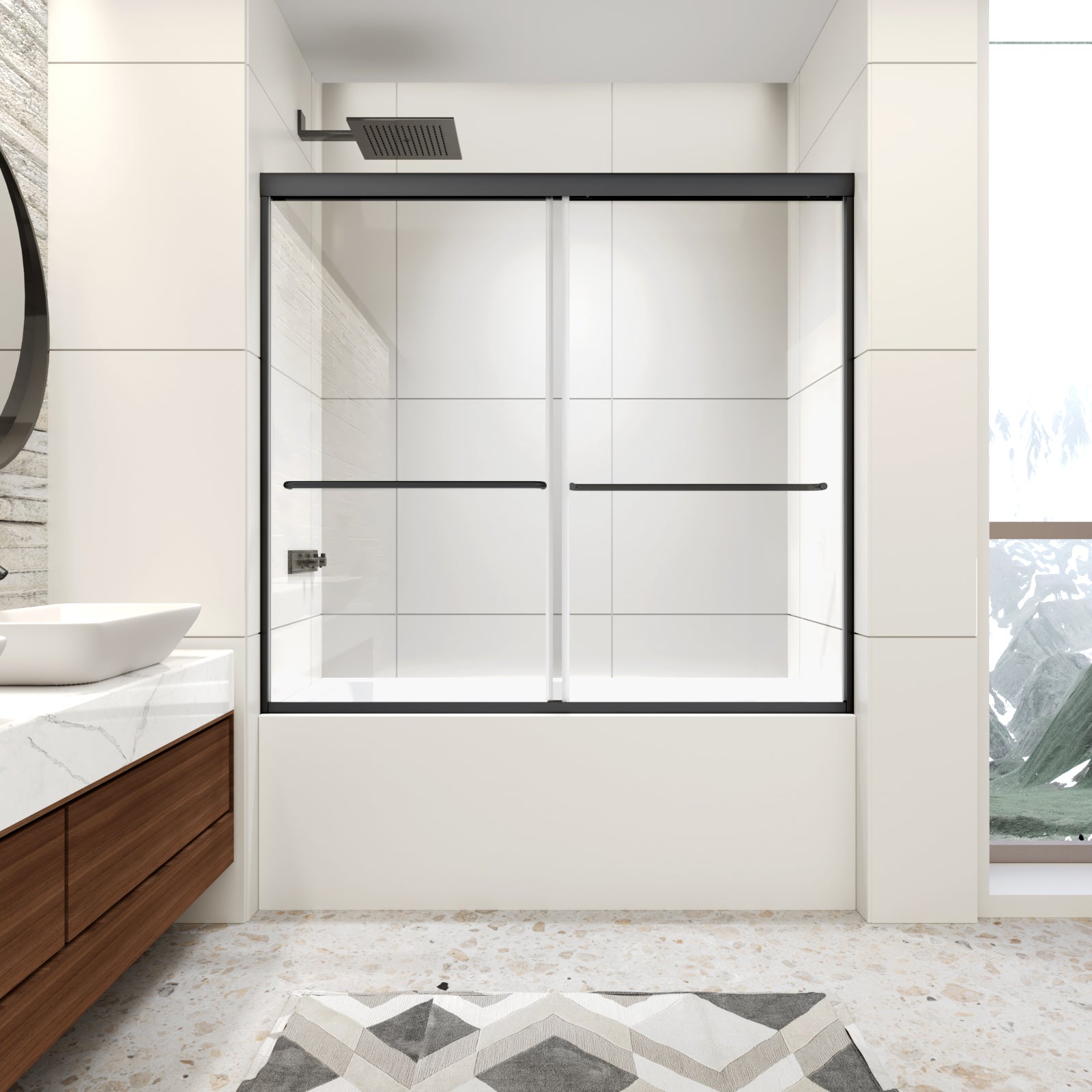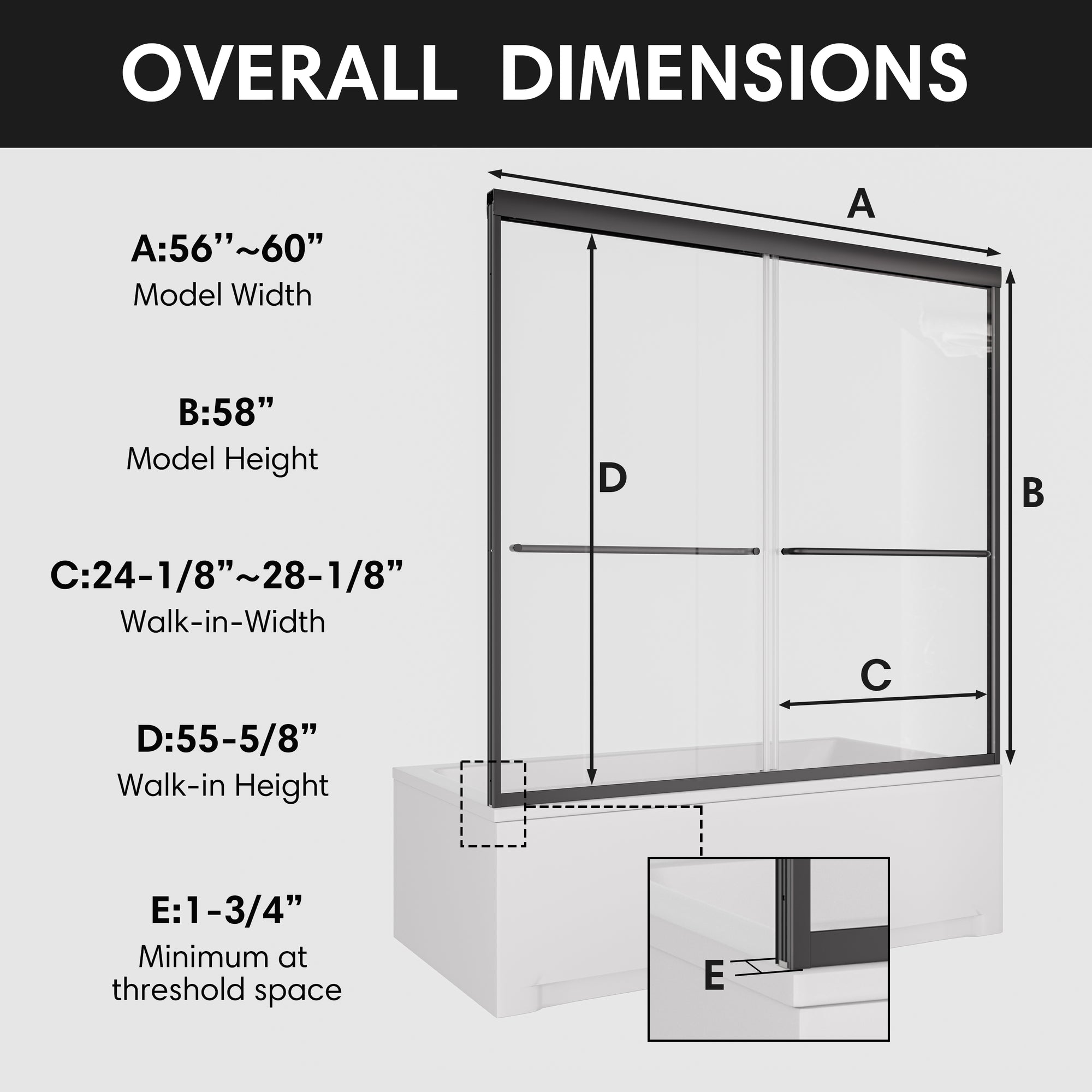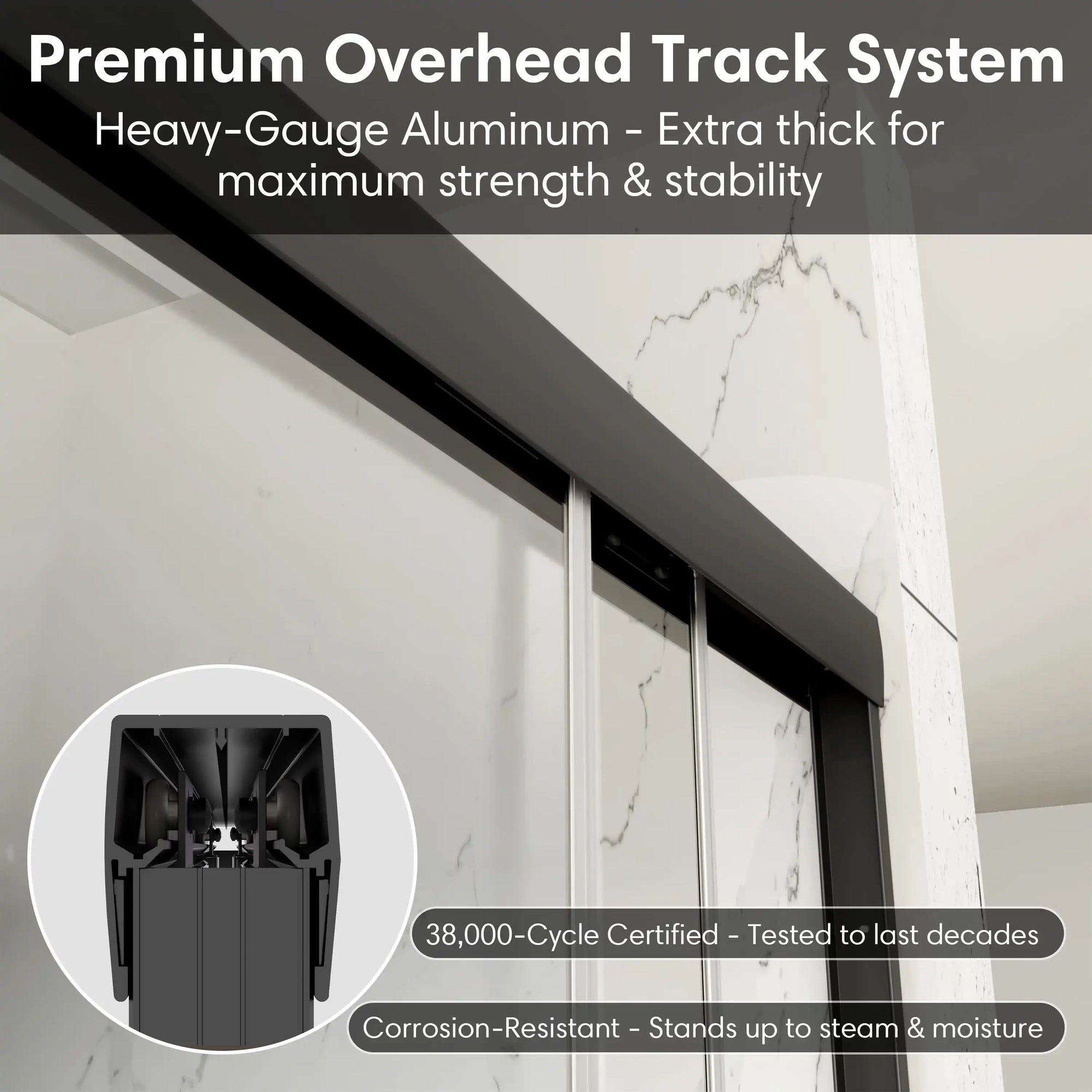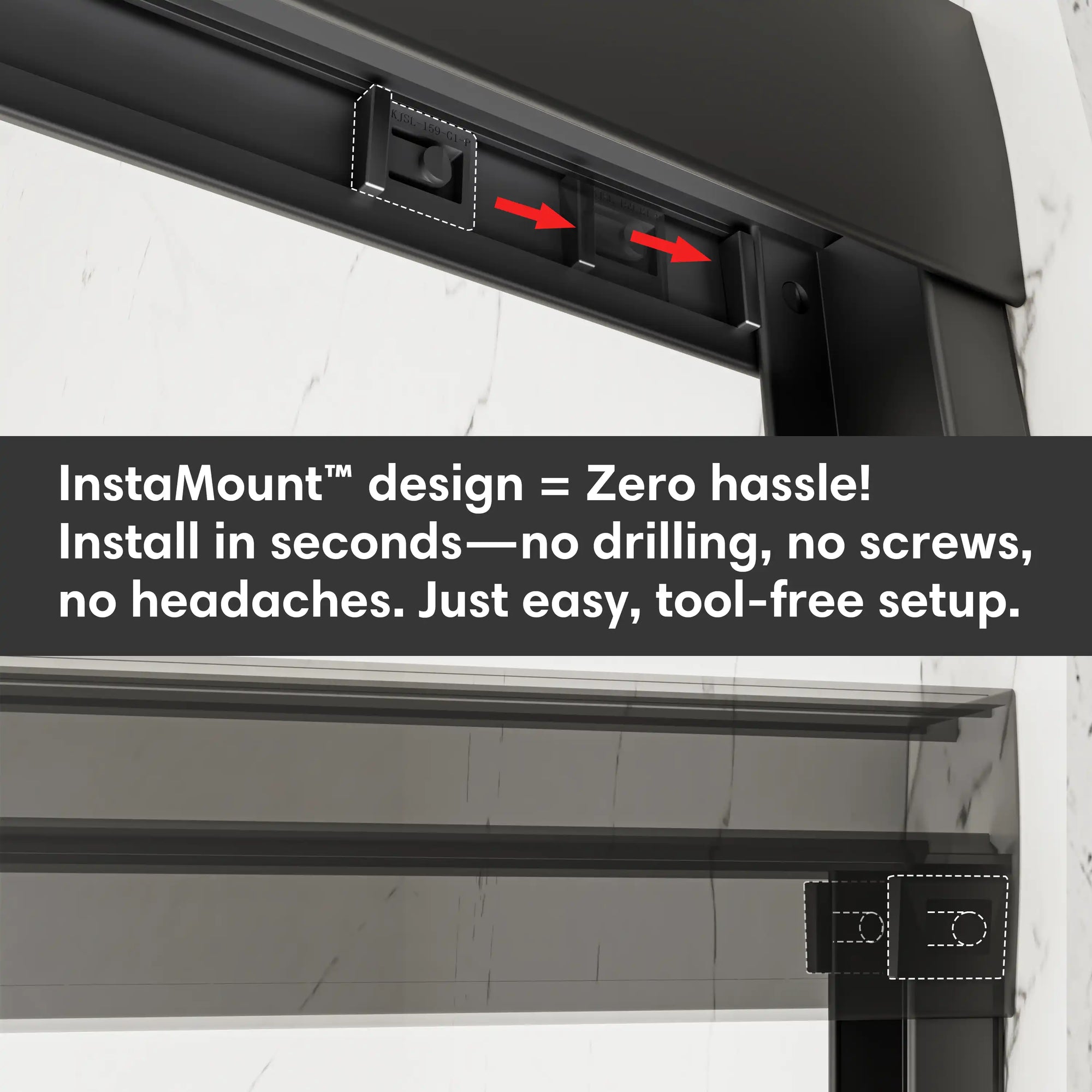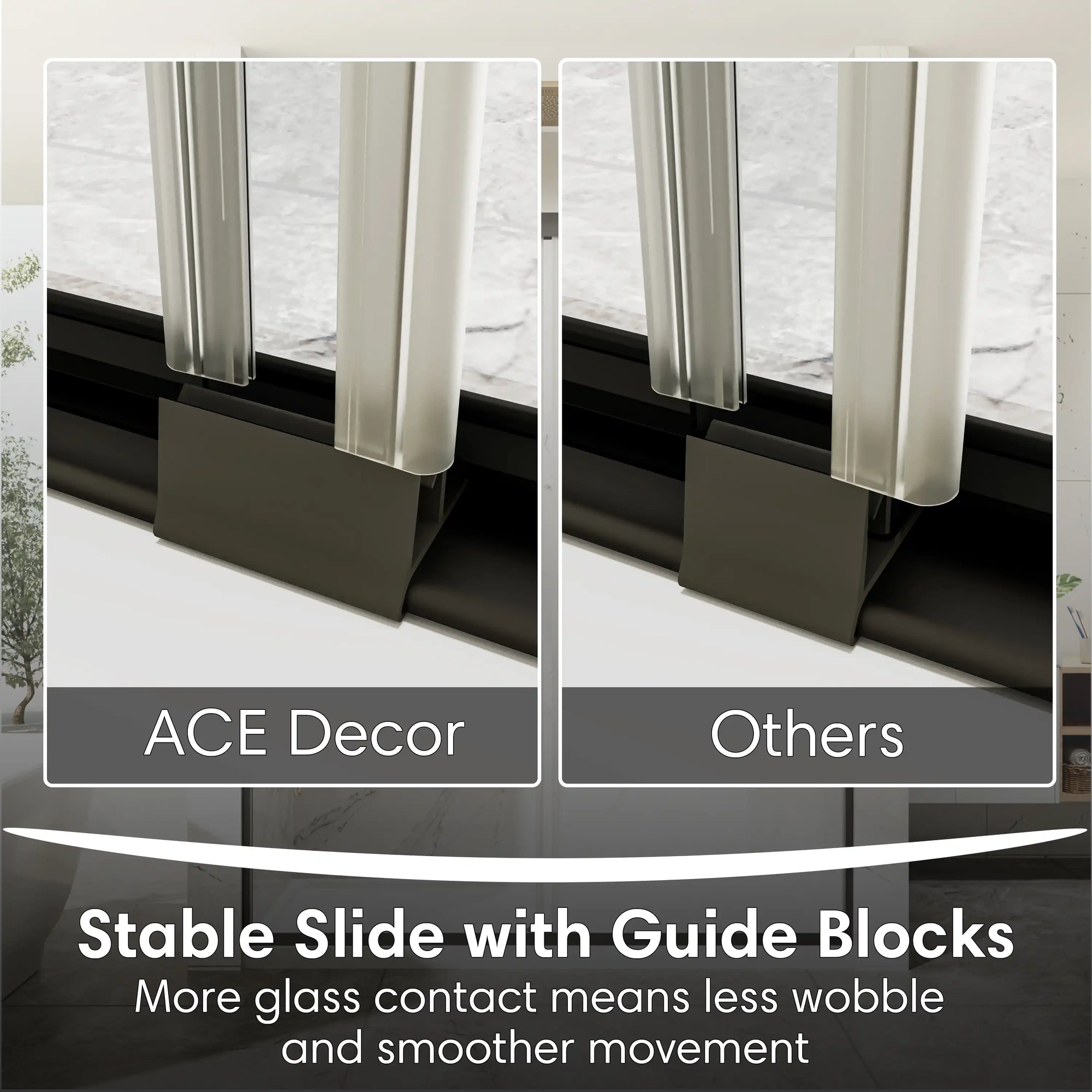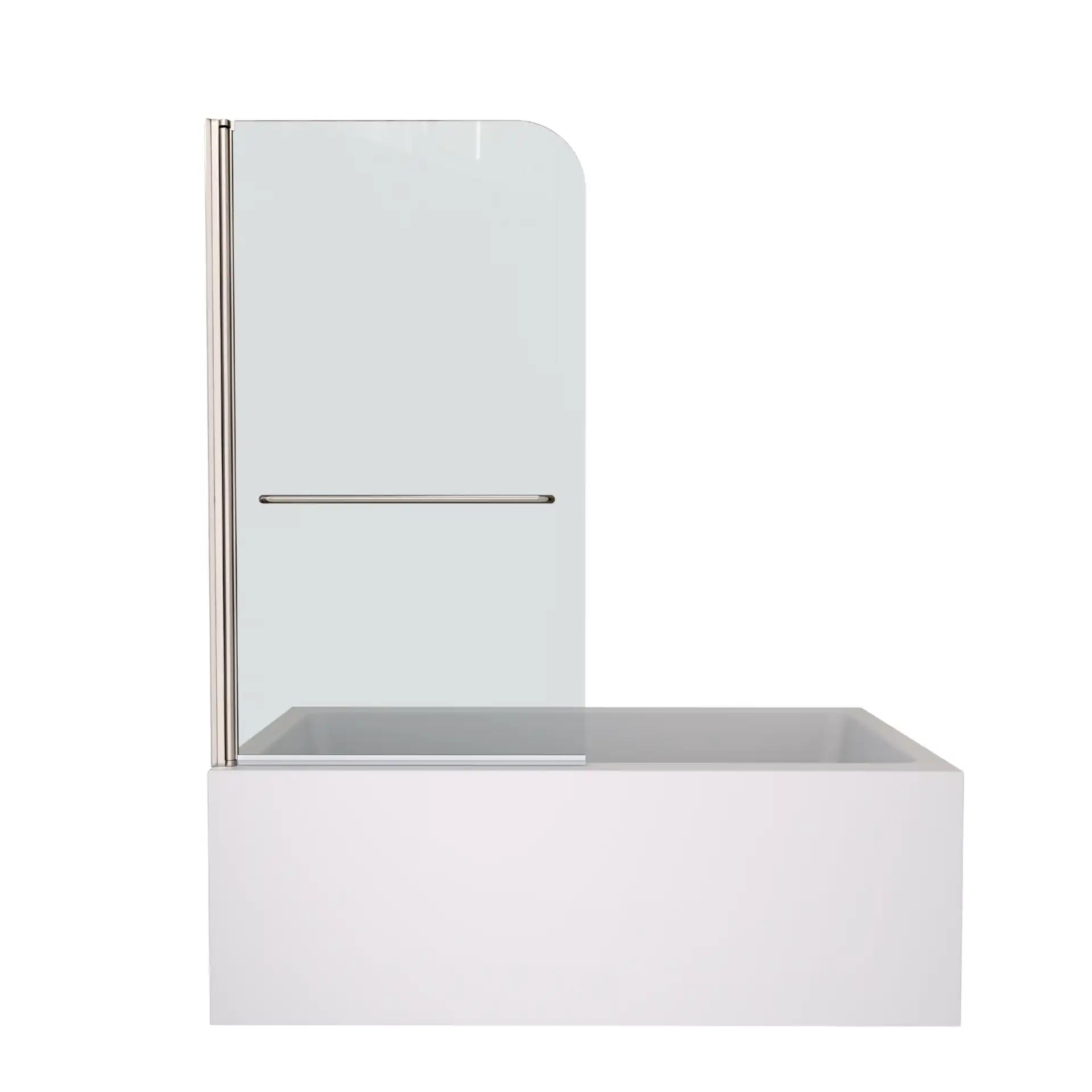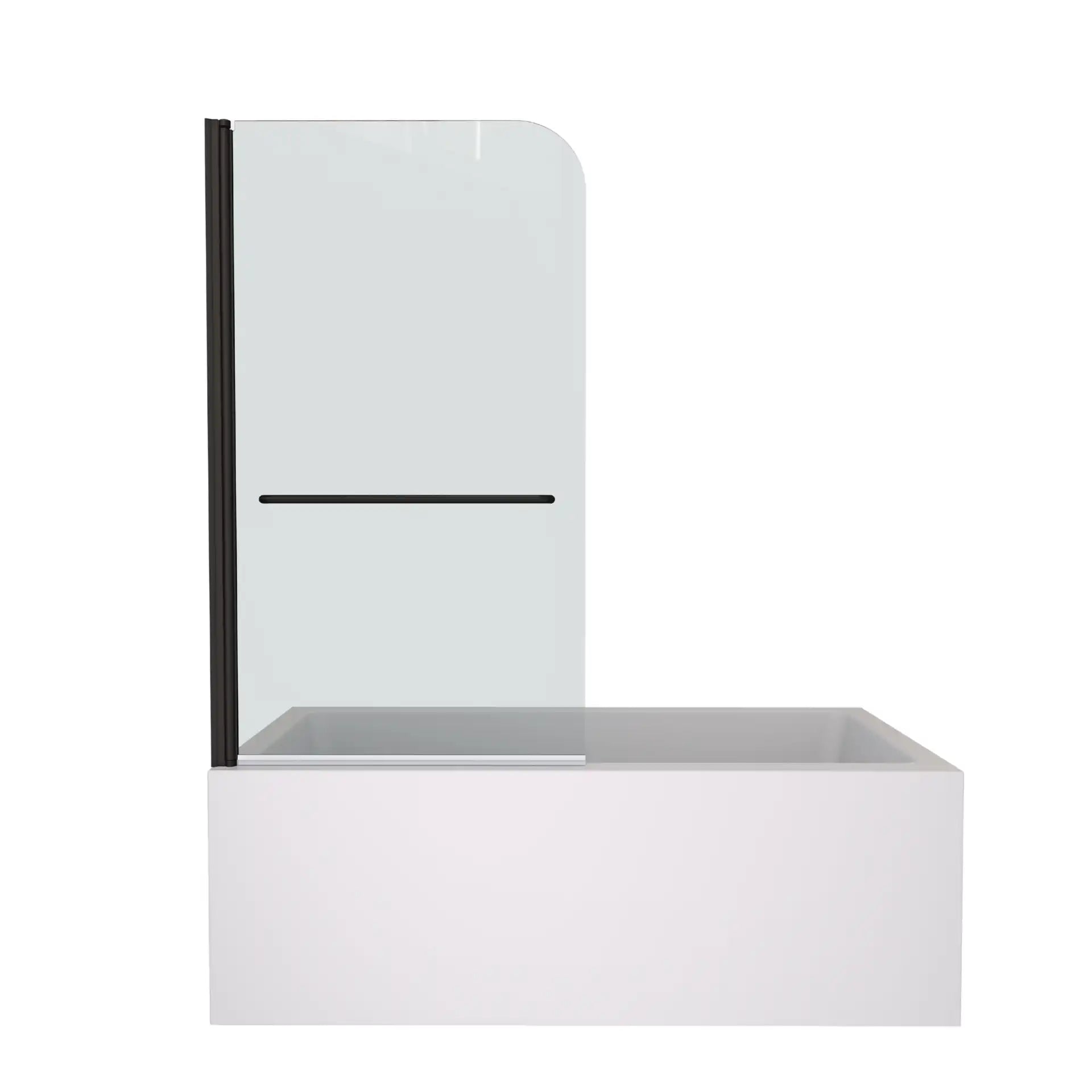These days, we’re all seeking moments of serenity and reprieve from the daily grind. And what better way to find that tranquility than through a luxurious bath experience? Enter the Japanese soaking bathtub — a peaceful, cultural monument of relaxation, crafted for comfort first. But these bathtubs are not just about getting clean. They’re about making the scene for a calming ceremony that feeds the body and the soul.
If you’ve never heard of a Japanese soaking bathtub, you’re in for a treat. The tubs are inspiring fantasies of what it means to really splurge on a spa experience. They’re not just functional, sure, but rather a piece of art, a cultural practice and a step toward real relaxation. We’re going to discuss in this article why Japanese soaking tubs are such a big deal in the world of home luxury. From their sleek, minimalist design to the technology that goes into how the tubs are constructed, read on to find out why these tubs are finding love all over the world.
Table of Contents:
- Minimalist Design Meets Maximalist Relaxation: The Aesthetic Philosophy of Japanese Soaking Bathtubs
- Cultural Heritage as a Selling Point: Bathing as a Ritual, Not Just a Routine
- Material Innovation: How Japanese Bathtubs Blend Tradition with Modern Durability
- Ergonomic Engineering: Sculpting Luxury Around the Human Body
- Scalability for Global Homes: From Tiny Apartments to Grand Baths
- Conclusion
- FAQ
Minimalist Design Meets Maximalist Relaxation: The Aesthetic Philosophy of Japanese Soaking Bathtubs
When you think of Japanese soaking bathtubs, the first thing that comes to mind is likely simplicity. They are the siren call to minimalism, and it’s no accident. In Japan, “less is more” is not simply an aesthetic principle — it is a philosophy. The Japanese view spaces as one where peace and tranquility can flourish, and individuals are able to physically and emotionally connect to the present moment. And what space better to realize this principle in than a bath?
The design of a Japanese soaking tub is low profile, discreet and frequently constructed of wood, stone or even ceramic. These materials give a sense of natural elegance that integrates perfectly into modern homes. But don’t be misled by the simplicity — because while minimalist from the outside, maximum relaxation awaits. The depth and form of the tubs are bespoke designed for total body submersion in a feeling of weightlessness of serenity.
It feels like the tub is cradling you, the day’s stresses melting off you. Thoughtful design and the tactile beauty of materials combine for a Zen-like experience. Simply put, Japanese soaking bathtubs offer the best of both worlds: a design that brings balance and a bathing experience that promotes pure relaxation.

Cultural Heritage as a Selling Point: Bathing as a Ritual, Not Just a Routine
Bathing in Japan is not just part of a daily routine; it’s a ritual ingrained deeply in the culture and passed down through generations. In Japan, the bath is considered a space for both physical cleaning and mental cleansing. Japanese soaking bathtubs continue this tradition by inviting bathers to pause and immerse themselves in a space of mindfulness.
Unlike most Western bathtubs, that are used more often for quick, standing showers and fast baths, Japanese soaking tubs are meant for a slower, more meditative experience. This isn’t a ritual about getting clean in the standard use of the word; it’s about soaking in the present moment. In Japan, bathers will often wash their bodies first with a hand-held shower or a small stool before settling into the tub for a long, meditative soak.
And it is for reasons like this that Japanese soaking tubs have become so popular around the world, where the focus on having a bath is as a ritual rather than a "have to do everyday kind of thing. They offer more than just luxury, they offer an experience. And for anyone who really wants to get into the relaxation and mindfulness game, these bathtubs are a nice way of saying, Slow down, take a breath, and focus on personal well-being.

Material Innovation: How Japanese Bathtubs Blend Tradition with Modern Durability
The increasing popularity of Japanese soaking bathtubs also has one of secrets — the innovation in materials. These tubs are the perfect blend of traditional craftsmanship and modern technology. Japanese soaking tubs were originally made of wood (Hinoki wood) which is a type of cypress that has a scent and natural resistance to moisture. Today, however, you can find bathtubs made from a range of materials, including high-tech composites, resin, and ceramic that retain the same aesthetic appeal as their wooden counterparts but with enhanced durability and easier maintenance.
And these materials aren’t just aesthetically pleasing, but also have been selected based on their ability to survive through constant usage. They are constructed to retain heat, so you won't have to worry about the water cooling off prematurely if you want to take a nice, leisurely soak. That means whether you make it a traditional wooden tub or a more modern, durable alternative, a Japanese soaking bathtub is built to last, both as a timeless object of beauty and as practical longevity.

Ergonomic Engineering: Sculpting Luxury Around the Human Body
Let’s talk comfort. One of the top reasons people rave about the best Japanese soaking tubs is because of the ergonomic design. These tubs are shaped to ergonomically cradle the body while providing all the support that may be needed. These aren’t just deep in water volume, but also in design. The curvature of the sides and the way the tub is structured allows bathers to sink into it effortlessly, creating a feeling of weightlessness. This encourages better circulation and that improves relaxation and that allows you to truly relax.
The ergonomic design extends to the positioning of the bather’s legs and arms. In the Japanese soaking baths, you’ll find the tubs here typically short in length and deep enough to accommodate full-body immersion. This vertical soaking of the body makes it possible to envelop the whole body, relax the muscles, ease stress relieve tightness.
So, whether you simply need a good soak after a long day at work or are planning a relaxing night to yourself, these tubs will support your body and relax your mind. It’s this kind of amassed attention to detail that distinguishes the Japanese soaking bathtub from other, more traditional bathtub designs.

Scalability for Global Homes: From Tiny Apartments to Grand Baths
One of my favorite things about Japanese soaking tubs is that they’re so versatile. Classic bathtubs are usually big and bulky and require ample room, Japanese soaking bathtubs are available in all sizes, from a small apartment to a lavish estate.
In small homes and apartments, a small Japanese soaking tub may provide a perfect means to inject a touch of luxury without overpowering the space. Many designs are intended to fit seamlessly into smaller bathrooms while still providing the deep soak and relaxation benefits typically found in larger, more spacious tubs. This ability to scale is what has enabled the Japanese soaking tub to transcend its traditional cultural context and to be utilized in homes across the globe.
For those with more room to work with, there are larger versions of the Japanese soaking tub to offer a more majestic experience. These oversized tubs have been designed using the same deep soaking experience as the original tubs in this collection, but with the added bonus of being able to share this luxurious bath with either a loved one or with a guest.
No matter the size of your bathroom, you can bring the luxury and serenity of a Japanese soaking bathtub into your home.

Conclusion
Japanese soaking tubs are more than just a place to clean off the day’s grime. They are a peaceful, mindful escape which can enable us to reset and get back to ourselves. Simple design, wealth of tradition, cutting-edge materials, ergonomic engineering and scalability, these tubs are transforming how we experience luxury at home.
So if you’re longing for a fresh path to relaxation consider embracing the Zen of Japanese soaking bathtubs. Whether you are looking to relax and unwind in privacy or for a lush soak with family, these tubs can provide an immersive, meditative experience that transcends relaxation.
FAQ
1. Are Japanese soaking bathtubs only for small homes?
A: Not at all! Japanese soaking bathtubs come in various sizes, making them perfect for homes of all sizes—from tiny apartments to spacious homes. You can easily find one that fits your space and lifestyle.
2. How do Japanese soaking bathtubs help with relaxation?
A: The design of Japanese soaking bathtubs allows for full-body immersion, which promotes relaxation and improves circulation. The ergonomic shaping cradles the body, offering support and comfort while soaking.
3. Do Japanese soaking bathtubs require a lot of maintenance?
A: It depends on the material. Wooden tubs may require more care to maintain their appearance and prevent water damage, but many modern Japanese soaking bathtubs are made from durable, easy-to-maintain materials.
4. Can I use a Japanese soaking bathtub for a quick bath?
A: While these tubs are designed for longer, more relaxing soaks, you can still enjoy a quick bath if you prefer.
5. Are Japanese soaking bathtubs expensive?
A: Japanese soaking bathtubs come in a range of price points depending on materials and design. While they may be an investment, they offer long-lasting quality and a unique bathing experience that many find well worth the cost.
Why High-End Hotels Are Installing Japanese Bathtub to Enhance Customer Experience
2025's Best Bathtub Tile Ideas: Top Styles, Materials & Practical Choices
What Is a Soaking Bathtub? Benefits, Best Types, and How to Choose


